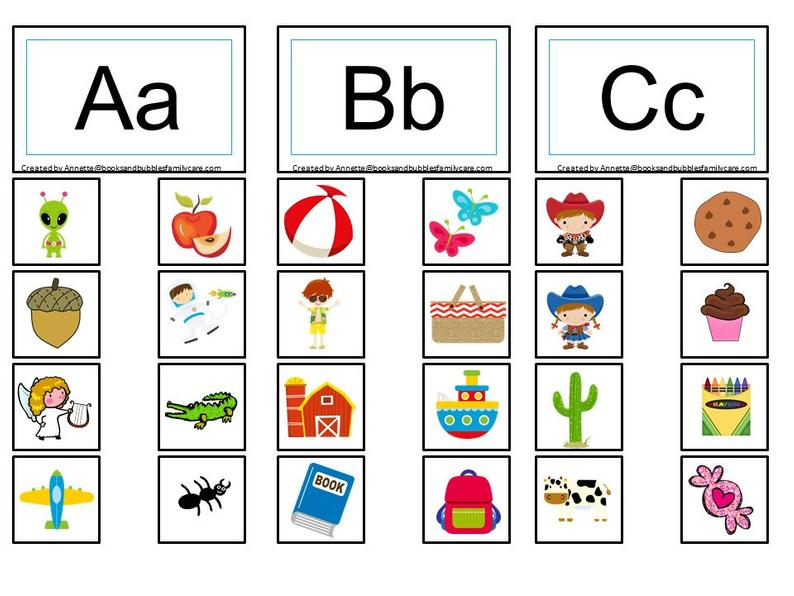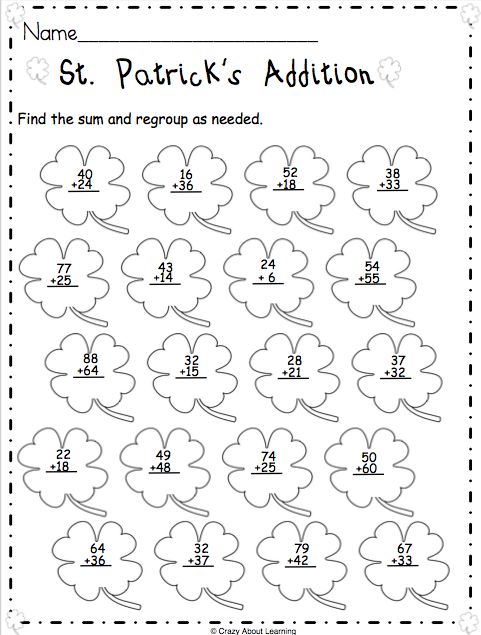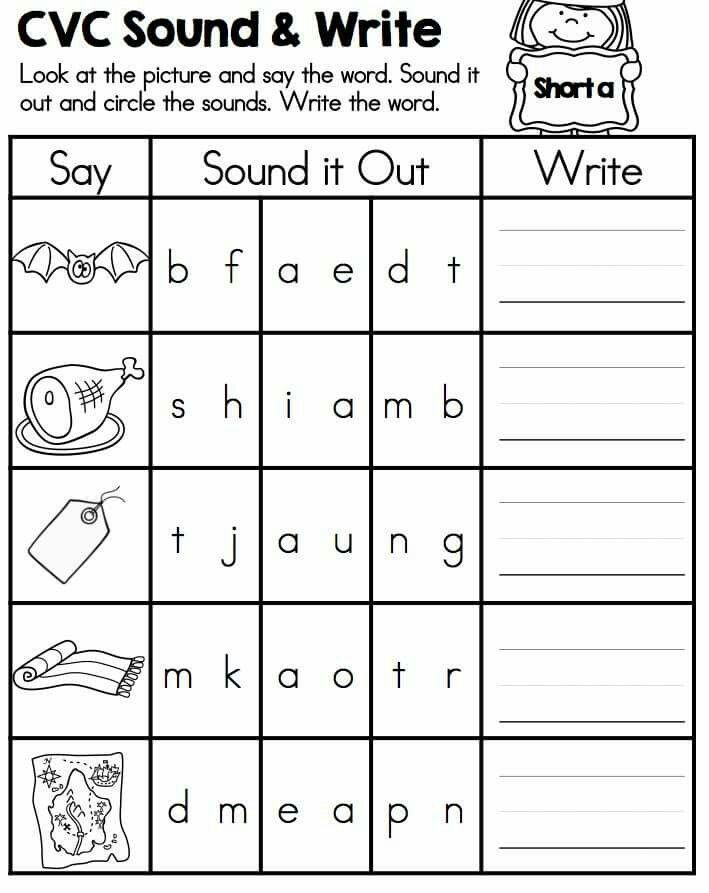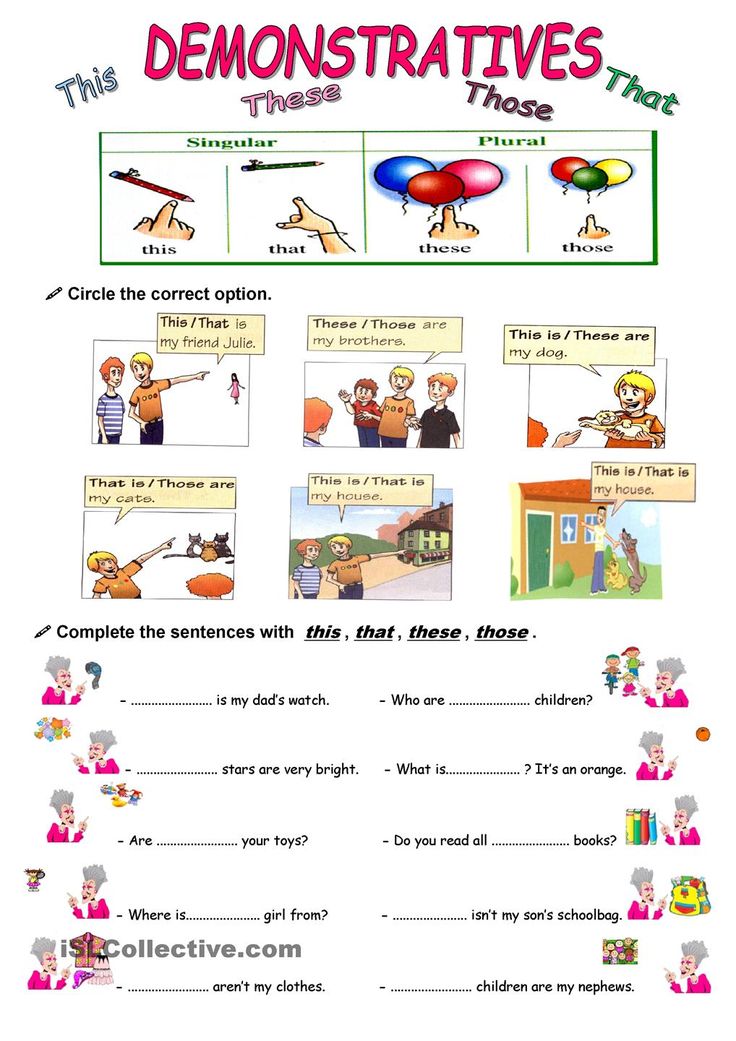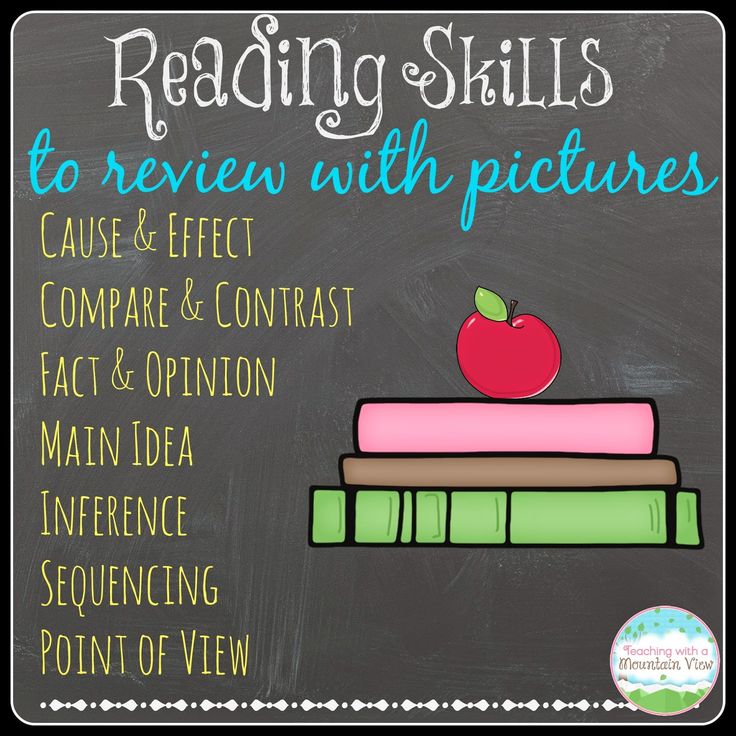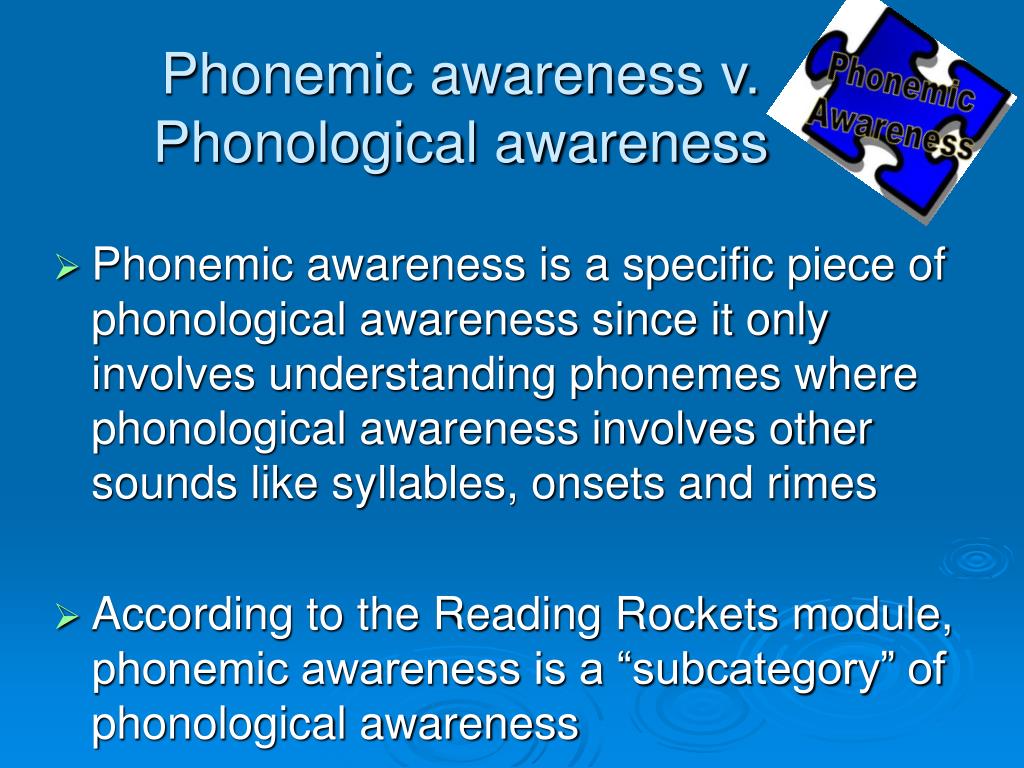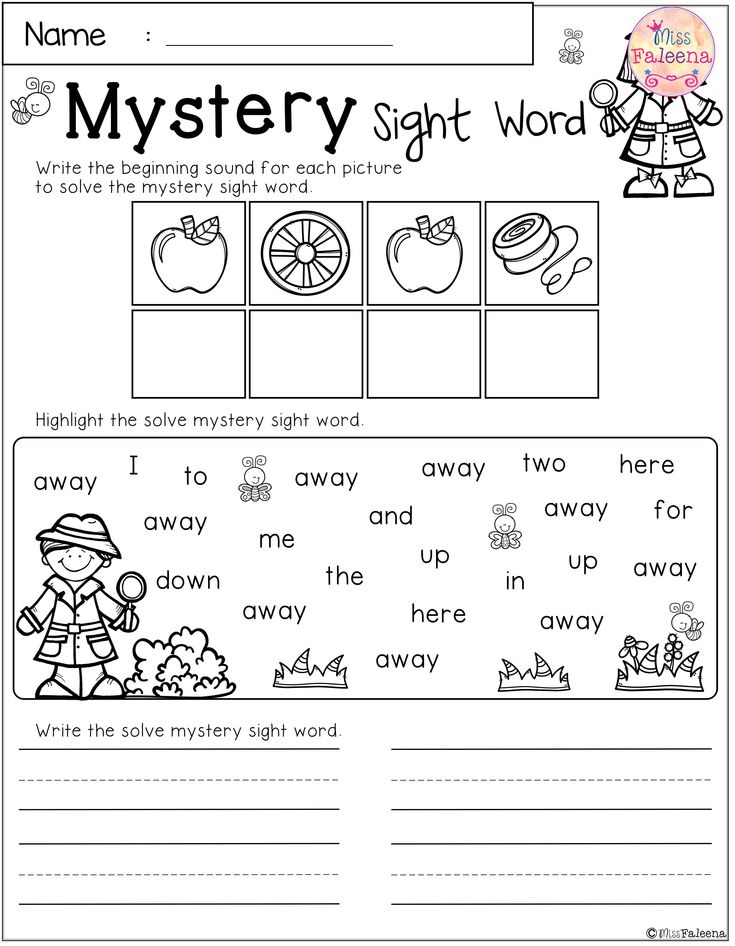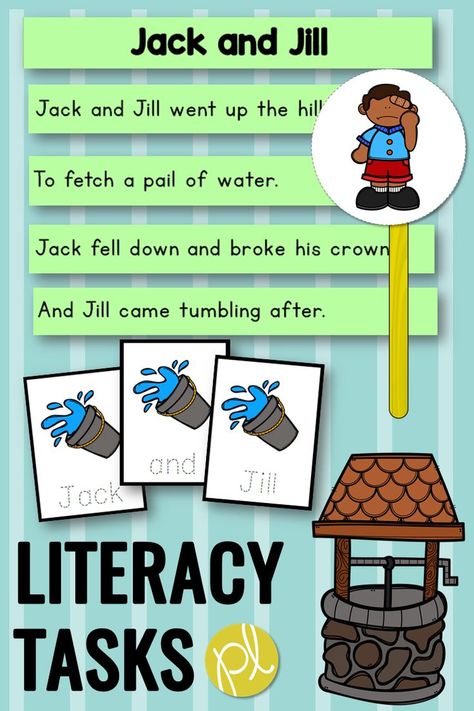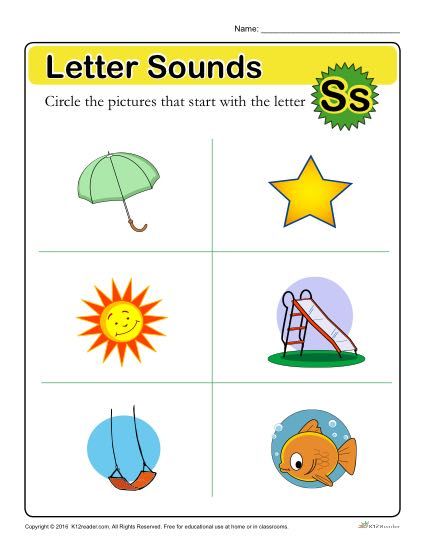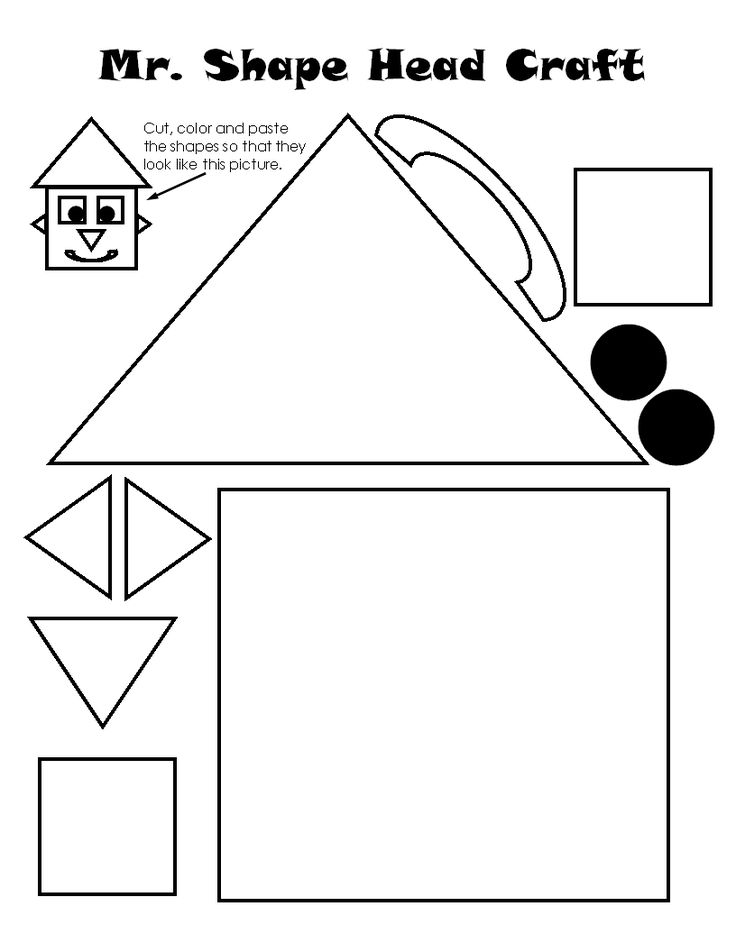Kindergarten letter sound games
6 Fun Letter-Sound Correspondence Games For Young Readers
What Is Letter-Sound Correspondence?
Letter-sound correspondence means exactly what the words say: It is the understanding that every letter corresponds to a specific sound or set of specific sounds.
Having a good grasp of letter-sound correspondence is crucial to learning to read. Think back to when you were learning to read. You were probably told to “sound out” words that were hard for you.
This was a good suggestion, but it required your knowing the letter sounds so that you could, sound-by-sound, figure out the unknown word.
That’s because letter-sound correspondence is at the heart of phonics and is the key to cracking the alphabetic code.
Is Learning Letter-Sound Correspondence Important?
This question gets an enthusiastic “yes” from us!
Without a solid understanding of letter-sound correspondence, children will struggle to learn how to read. They can end up relying on memorizing words, which will only work for a short time.
In order to read, then, your child must first see letters in a word, match each letter to a sound, and then blend those sounds to read the word. Eventually, this becomes automatic and reading becomes fluent.
We all know that a rock-solid foundation in the basics will encourage confidence, something your child will need in their toolbelt as they embark on their journey to becoming a strong, independent reader!
6 Fun And Easy Letter-Sound Correspondence Activities
1) Say The Sound
This first activity is simple but fun and effective!
To begin, you’ll give your child a letter. Feel free to use any kind of letter you want — cut one out of cardstock, draw one on a piece of paper, etc. — but those magnetic letters that stick on the fridge may work best.
The goal of the game is for your child to say the sound that matches the letter you hand them. (Hint: you may have to remind your child not to use the letter name but only the letter sound. )
)
If they say the right sound, they get a point!
To make it more interesting, you can set a specific number of points for your child to reach. Once they reach 10 points, for example, they win the game!
2) Goldfish Toss
For this activity, your child can get a little more physical! If you’d like to give it a try, gather a big bowl and a pile of Goldfish treats (or any other small snack that’s easy to toss if you don’t have Goldfish crackers on hand).
When you’re ready to begin, say the name of a letter and let your child give the matching sound. When they say the correct letter sound, they get to throw a Goldfish cracker into the bowl.
The goal is to fill up the bowl with as many Goldfish as they can. And at the end of the game, you can go straight into snack time!
3) Letter Hop
The best part of this activity is that it gets your child moving and jumping. Not only will their brain be working, but their body will be, too!
For this game, you’ll need several target letters — B, T, and M for instance.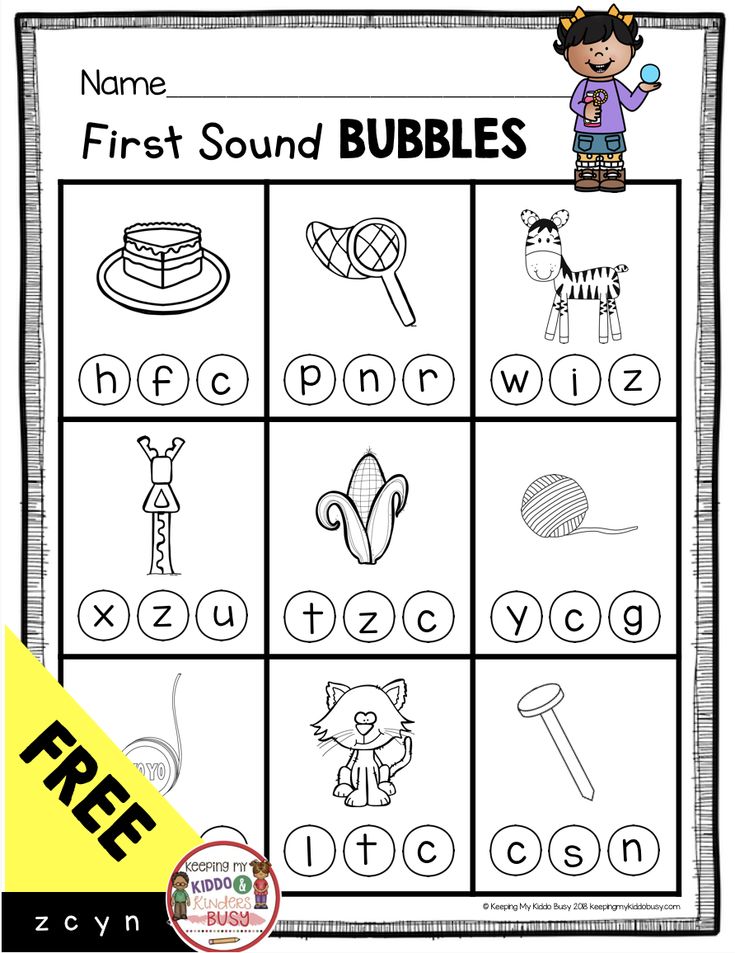 Write each one on its own sheet of paper.
Write each one on its own sheet of paper.
To begin, hold up one of the letters and say a sound. If the sound you said matches the letter you’re holding, then your child can make one giant hop toward you. Continue with another letter or repeat the same letter.
As your child gets better at the game, you can say a word instead of a sound. If the first sound in the word matches the letter you’re holding, then your child gets to hop.
The goal is to reach you in less than 10 turns. For even more fun, involve multiple kids and see who can reach you first!
4) Letter-Sound Treasure Hunt
This activity is another simple but effective one. It’s like your child’s very own letter-sound correspondence treasure hunt!
To play, you’ll need several magnetic letters and a pillowcase. Drop all of the letters into the pillowcase, and then say a letter sound.
The goal is for your child to grab one letter at a time — for more of a challenge, doing so without looking! — until they pull the matching letter out of the bag.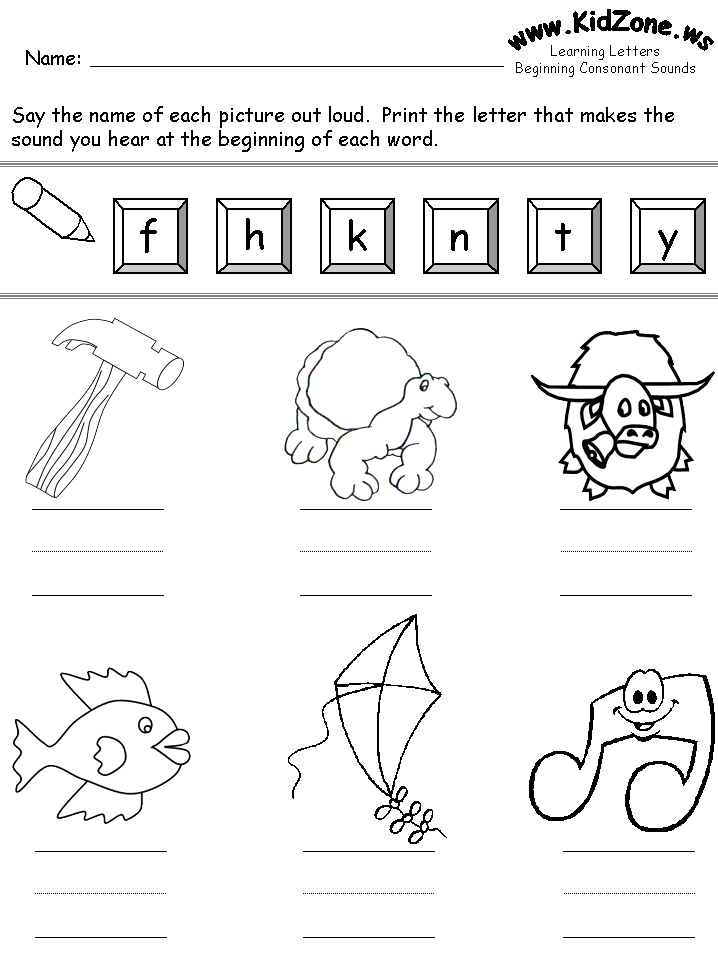
5) Limbs And Letters, Oh My!
For this game, your child won’t just hear the letter-sound correspondence with their ears. They’ll make it with their arms and legs, too!
Every time you say a letter sound, your child will try their hardest to twist their body to make the shape of the letter that matches the sound they heard. This is sure to end in fits of laughter as they wiggle across the floor to bend their body into an “S” shape.
You can take turns making shapes with your bodies and contorting yourselves to look just like the alphabet! And feel free to partner up if your child can’t quite make the shape of a letter with only their body.
6) Muffin Pan Challenge
If you’re interested in trying this activity, you’ll need six letters, a muffin pan, and two sets of different small objects (coins and paper clips work great!).
To play, you will use one of the objects, while your child uses the other. You could be coins and your child could be paperclips, for example.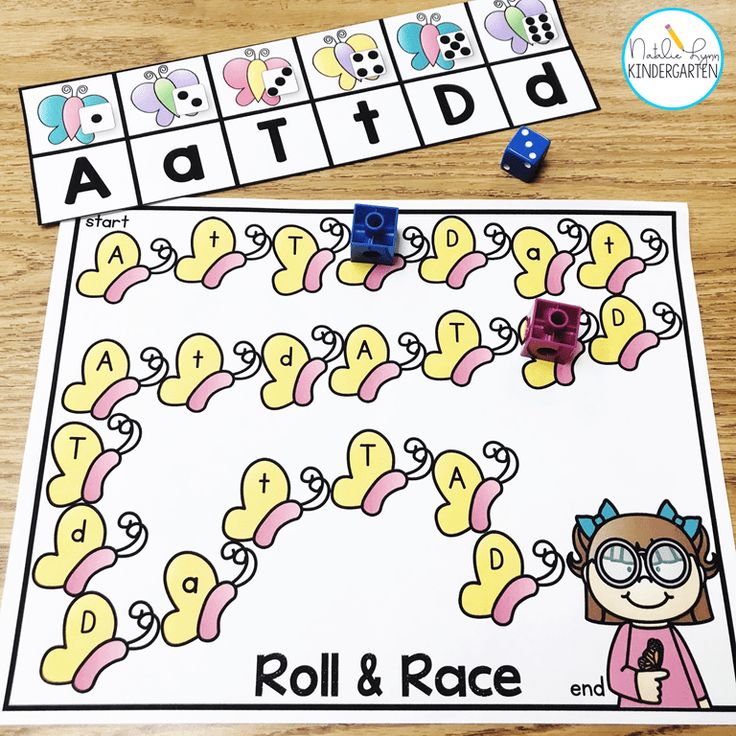
Place a different letter in each cup of the muffin pan. Say the sound of one of the letters and let your child try to drop a paperclip into the right cup. If they succeed, they get to claim that cup!
Next, your child can say the sound of one of the letters and have you toss a coin into the corresponding cup. (It doesn’t hurt if you have a LOT of trouble getting your coin in the right cup!) When you get the letter correct, you claim the cup.
When all the cups are full, whoever has the most items in the pan wins. And then, while you’ve got it out, maybe you can use the muffin pan to make a sweet treat together!
Letter-Sound Correspondence For A Bright Future
We hope that these activities were helpful! Remember, all children are unique. A letter-sound correspondence game that works for one of your children may not do the trick with their siblings.
Don’t fret! There’s a perfect fit for every child. And we know that with you guiding them, your child will master letter-sound correspondence in no time!
At HOMER, we’re always here to lend a helping hand, and we would love to be a part of your routine! Our Learn & Grow app offers tons of personalized, effective activities to develop your child’s reading skills — letter-sound correspondence included!
Author
50 ABC Letters and Sounds Games • Kids Activities Blog
Today we have a whole bunch of alphabet fun with letter and sounds learning games and activities for toddlers and preschoolers to help you young students prepare to read with fun pre-reading playful learning ideas.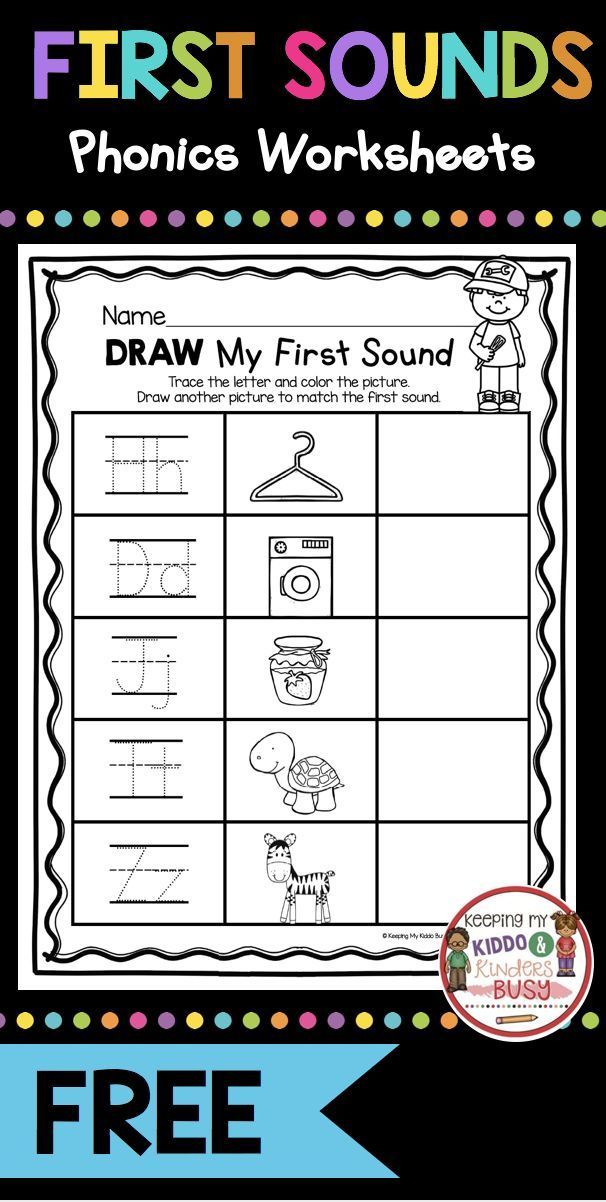
ABC Games & Alphabet Sounds
Many parents have kids that are soon to enter kindergarten for the first time and are wondering what their kids should know before they head out to school on their own.
As a mom who once taught Kindergarten, I always wanted to make sure my kids are well-prepared and ready to begin their school career with a bit of an advantage by knowing their letters and sounds.
Related: Grab our free Kindergarten readiness checklist as a guide
I have seen the value in children knowing their letters early.
That said, I also recognize that kids are kids, and I want to make sure they have time to play – both independently and with me.
Let’s learn our alphabet through playing games!Learning Through Alphabet Games
Children acquire knowledge through play, so learning letters at our house is rarely a sit down structured time.
It’s a time of play and games!
The kids have fun and don’t even realize they are learning at the same time.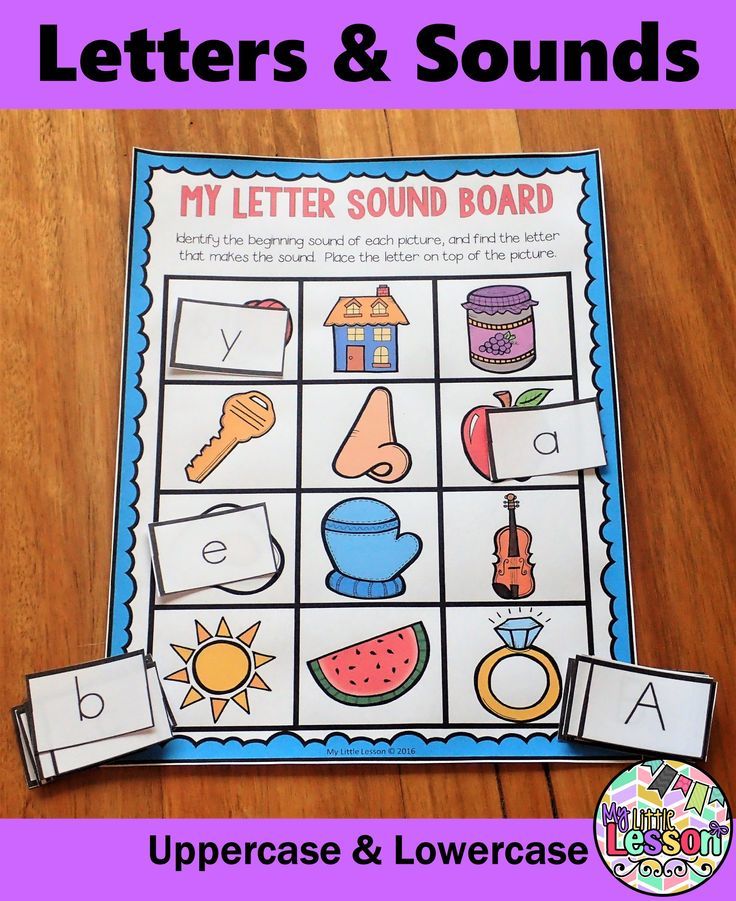 I don’t believe we should leave teaching up to the schools. You get the great honor of being an educator of your child, and you can supplement what is happening at school by engaging your child in enjoyable yet educational ways.
I don’t believe we should leave teaching up to the schools. You get the great honor of being an educator of your child, and you can supplement what is happening at school by engaging your child in enjoyable yet educational ways.
Related: Check out our huge abc letters resource that has letter activities, letter crafts, letter printables and more for every letter of the alphabet!
I hope these resources help you feel equipped to take the reins in your own child’s education.
This article contains affiliate links.
Let’s play a hands on letter game!Hands On Letter Games
1. Letter Toss Game
Muffin Tin Learning – Want to make learning fun? This game involving throwing pennies and will keep your kids engaged. They will barely know that this is actually a lesson.
2. Growing Letters Game
Alphabet Flower Garden – This garden is full of letters and learning opportunities. It is definitely a great way to explore and grow in alphabet knowledge.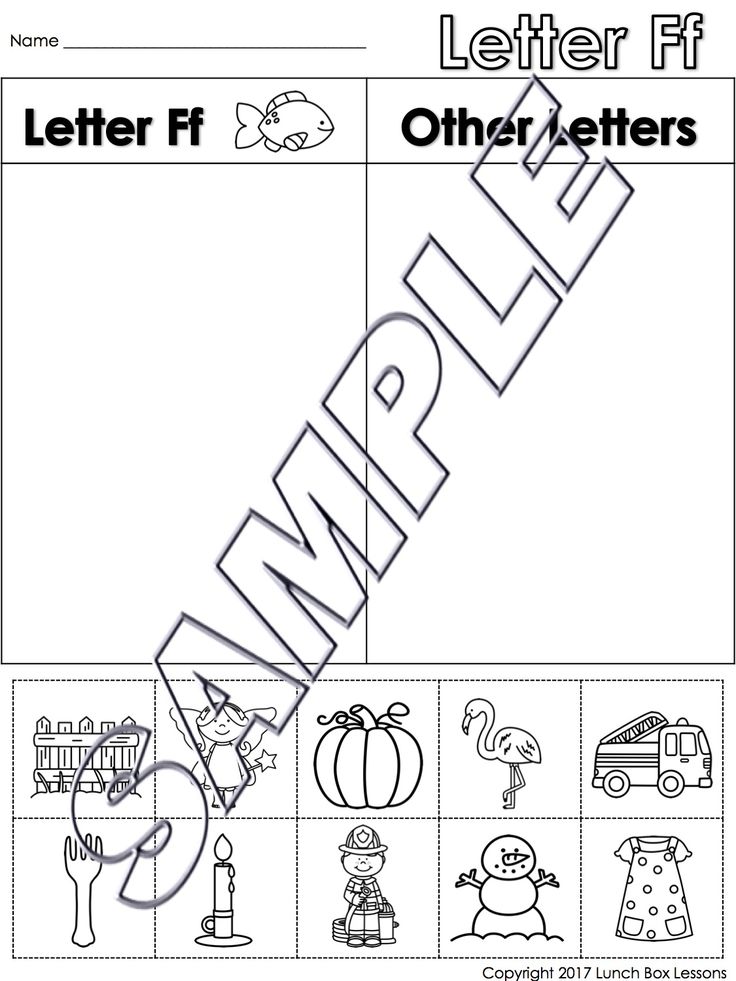
3. Unlimited ABC Games for Kids
ABC Mouse – This site gives kids tons of alphabet and phonics practice through interactive games and printables.
4. Matching Letter Game
Magnetic Alphabet Board – This letter matching activity is self-contained and is a tool to get kids to match up letters and help with identification.
5. Touch and Feel the Alphabet Game
Play Dough and Magnet Letters – Letting kids explore using their senses is a great way to learn. Play Dough is a tactile way to watch this happen.
–>Need a Set of Alphabet Magnets? I like this Magnetic Letters Alphabet Fridge Magnets Set that comes in a handy carrying tub.
6. The Great Alphabet Race
Race the Alphabet – Do you have race tracks and a child that loves playing with cars? This activity is for you! If you don’t have your own track, here’s another version.
Let’s have some fun with preschool learning games & our ABC’s.Preschool Alphabet Games
7.
 Fishing for Letters
Fishing for LettersMagnet Letter Fishing – Take your magnet letters and make a simple fishing pole. With a pond full of letters, your kids will have a lot of fun casting their line for another catch.
8. Pirate Vowel Game
Gold Coin Vowel Sound Drop – Your little pirate will have fun learning his or her vowels be playing this game.
9. Letter Stacking Game
ABC Letter Stack Game – Stacking up letters has never been so fun. They get to stack and stack until they fall, which I am sure will become the favorite part.
Related: Use these with our playful preschool homeschool curriculum
10. It Begins With…
Initial Sounds Blackout Game – Want kids to be able to identify the beginning sounds of words? This fun game will help them do exactly that.
–>Need a Wooden Alphabet Set with Flashcards? I really love the cuteness of this Tangame Wooden Magnetic Letters Alphabet Refrigerator Magnet Flash Cards for Preschool Kids that comes in a magnetic tin.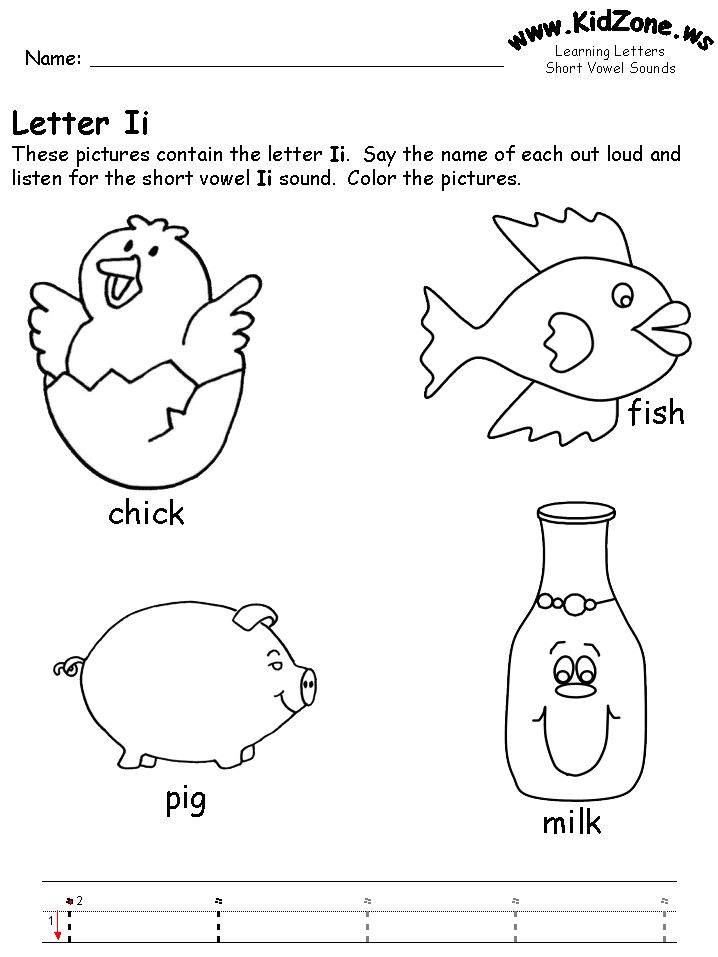
11. Letter Scavenger Hunt
Architecture Letter Scavenger Hunt – Have you seen those photos that find letters in architecture? Your kids get to go on their own letter scavenger hunt with this fun activity.
Let’s play a creative alphabet game!Creative Letter Games for Alphabet Sounds
12. Interactive Alphabet Learning Games
A-Z Letter Learning Activities – This post brings you over 90 activities for each and every letter of the alphabet. What a great resource!
13. Climb the Word Ladder
Word Ladder – Kids get to “climb” to the top of the ladder as they successfully identify letters and sounds. They don’t need to worry if they “fall,” they have the opportunity to try again.
14. Flashlight Alphabet Game
Flashlight Alphabet Game – My kids are obsessed with flashlights. I know my preschooler would love this game!
–>Need Foam Alphabet Letters for Practice? This Gamenote Classroom Magnetic Alphabet Letters Kit comes in a plastic organization case and magnet board and would be great for home too.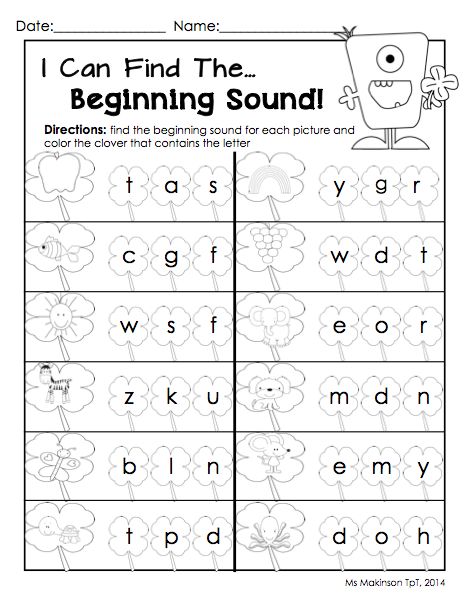
15. Make a Letter Game
Letter Formation Activity – Using materials you probably have at home, your kids will have a lot of fun forming their letters.
16. Hungry Hungry Letters Game
Alphabet Monster – This hungry monster will only eat letters if you can say the name or sound of a letter. What a fun craft to make that also turns a great letter learning opportunity.
Let’s play a game that helps us learn letters!ABC Games that Help Kids Learn Letters and Sounds
17. Let’s Host a Reading Hop
Reading Hop – This letter learning game will keep your kids active and hopping all around. If you are looking for a way to take learning outdoors, you have found it.
18. Alphabet I Spy
Alphabet “I Spy” – Take the classic and beloved game of “I Spy” and turn it into an alphabet search activity. Brilliant!
19. Can You Catch the Letters Game?
Runaway Letters Game – Your child gets a chance to grab letters and runaway while you creativity beacon the letter’s return.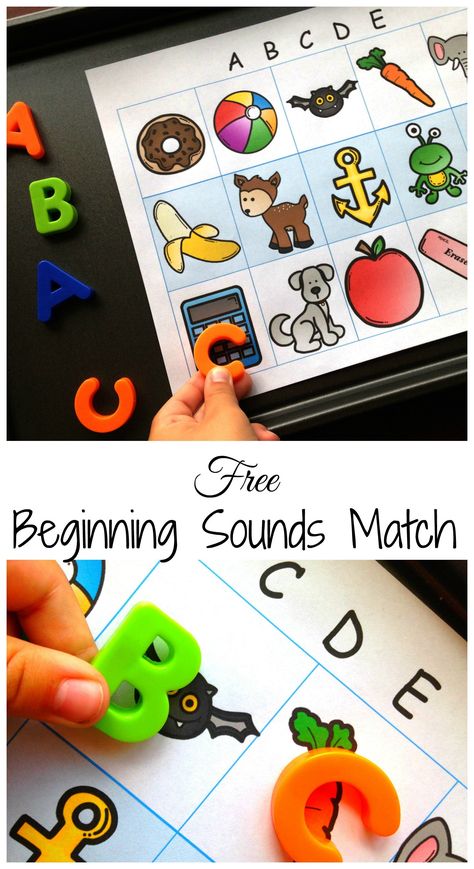 This is a great way for moms, dads or teachers to interact with their kids during the educational process.
This is a great way for moms, dads or teachers to interact with their kids during the educational process.
–>Need a Fun ABC Game? I love this ABC Cookies Game from Goodie Games that is a fun alphabet learning game for toddlers and preschoolers.
20. LEGO Spelling
Lego Spelling – If you add letters to duplex legos, you have a great way to work on sounds and words.
21. Letters Inside of Letters Activity
Making Letters with Letters – Learning letters will be reinforced over and over again as your kids use letters from magazines to create their own larger letters.
Fun Pre-K Learning games for kids!ABC Games for Pre-K
22. Letter Swat Game
Spider Letter Swat – Kids will enjoy learning their letters as they swat away at the flies in this entertaining game.
23. Letter Squirt Game
Squirt the Letter – This is a game I know my son, especially, would love. He loves anything squirt gun and anything water.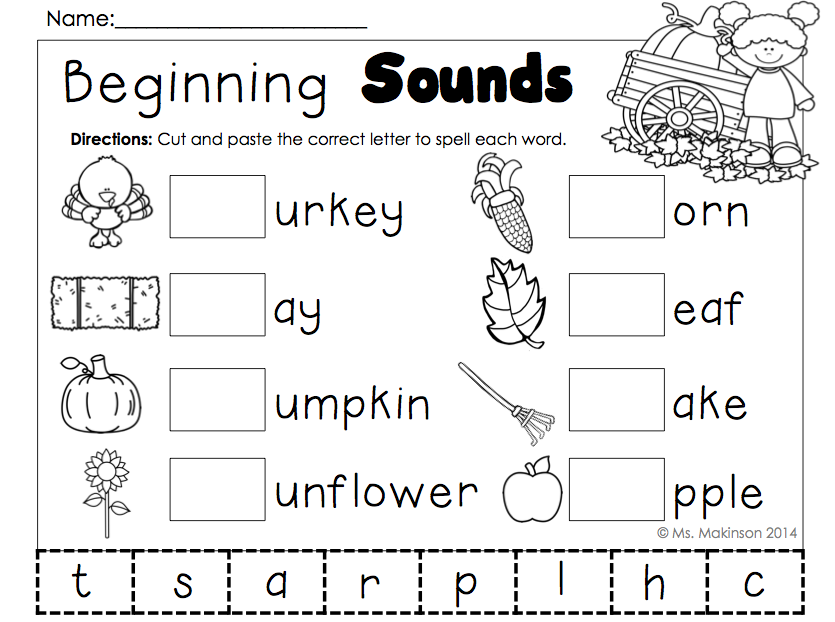 Squirting the correct letter is right up his alley.
Squirting the correct letter is right up his alley.
24. Letter Lacing Activity
Letter Lacing – This letter lacing, quiet bag activity works on fine motor skills while also developing the skills needed to develop in reading.
–>Need Letter Lacing Cards? I like this wooden set from Melissa & Doug that has both animals and letters on the sturdy lacing cards.
25. Alphabet Sounds Race
Letter Sounds Race – Get your kids moving with this letter sounds race. This is a great learning opportunity for your active kids! More alphabet sound learning activities are fun too!
26. Disappearing Letters Game
Disappearing Letters – Kids will learn to love to trace their letters as they see the trick to making them disappear.
Let’s play ABC Learning Games!Alphabet Games for Learning
27. The Game of Bang
Bang – Bang is a letter identification game that will be a lot of fun for the little gamers in your life.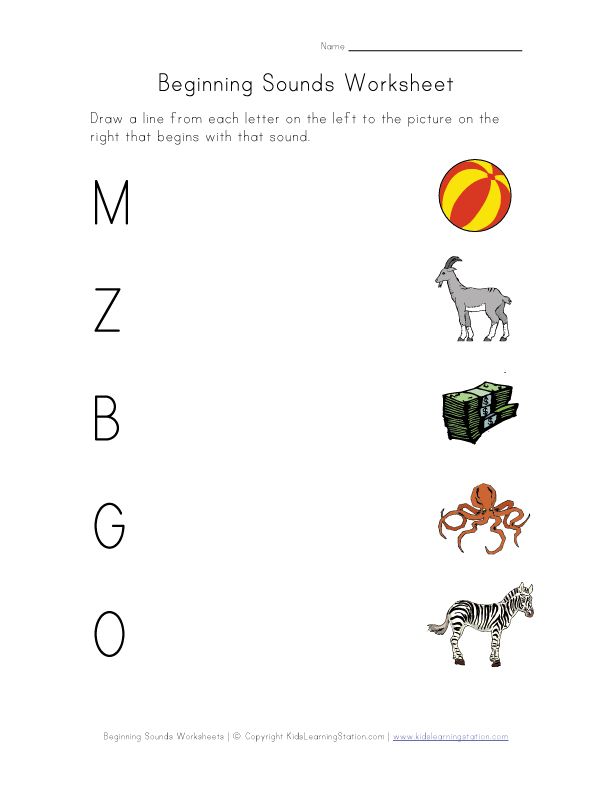
28. Letter Chomp Game
Mr. Shark Alphabet Chomper Game – I love the idea to make a shark out of an envelope in general. Add the learning aspect of having the shark chomp letters, and you have a great game.
29. Letter Tiles Activity
DIY Bananagrams Letter Tiles – Here’s a really smart way to make letter tiles. You can turn them into magnets or play the classic Bananagram game with your creation.
–>Need a Bananagram Game? Here is the original Bananagram game for kids.
30. Make Pretzel Letters
Soft Pretzel Letters – Kids can learn their letters as they have fun making pretzel dough. Through using both the sense of touch and taste, this becomes a fun activity for all.
31. Travel Alphabet Game
Alphabet Words Game – This is a learning game that can be taken anywhere. Keep your kids occupied working on their letters at restaurants, home, car rides and more.
Let’s play letter and sound games!ABC Games for Letters and Sounds
32.
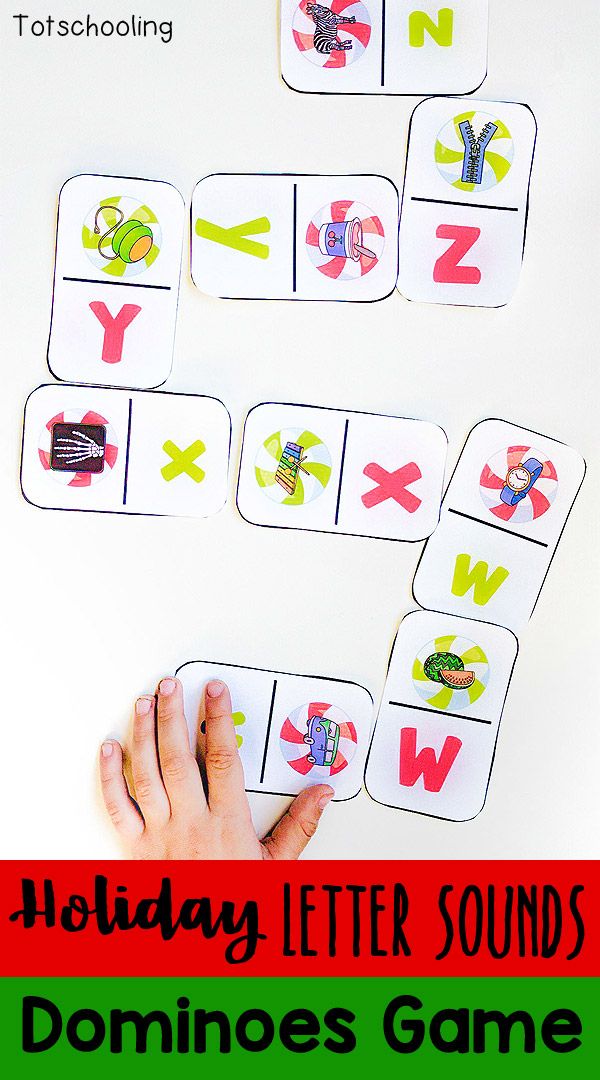 Touchy Feely Letters
Touchy Feely LettersSensory Bins with Letters – Sometimes the best way to help kids learn is to let them explore. This sensory bin will help kids do just that.
33. Alphabet Seek & Find
Seek-N-Find Alphabet – This letter game is like an eye spy for letters. It involves a plastic tube (easily substituted by a water bottle), and will keep your kids searching for their letters for quite some time.
34. Letter Formation Fun
Tactile Writing – Kids learn to write letters as they use rice and paint to feel their way through the process or writing.
–>Need a Wooden Letter Matching Set? I like this durable Alphabet flash cards and wooden letter puzzle set from LiKee Alphabet.
35. Homemade Domino Letter Fun
Craft Stick Dominos – These craft stick dominos are an easy, homemade version of a domino game with a focus on learning letters and matching symbols. What a fun idea.
36. Flashcard Games
ABC Flashcards – Flashcards can be used by a variety of games and activities like flashcard basketball.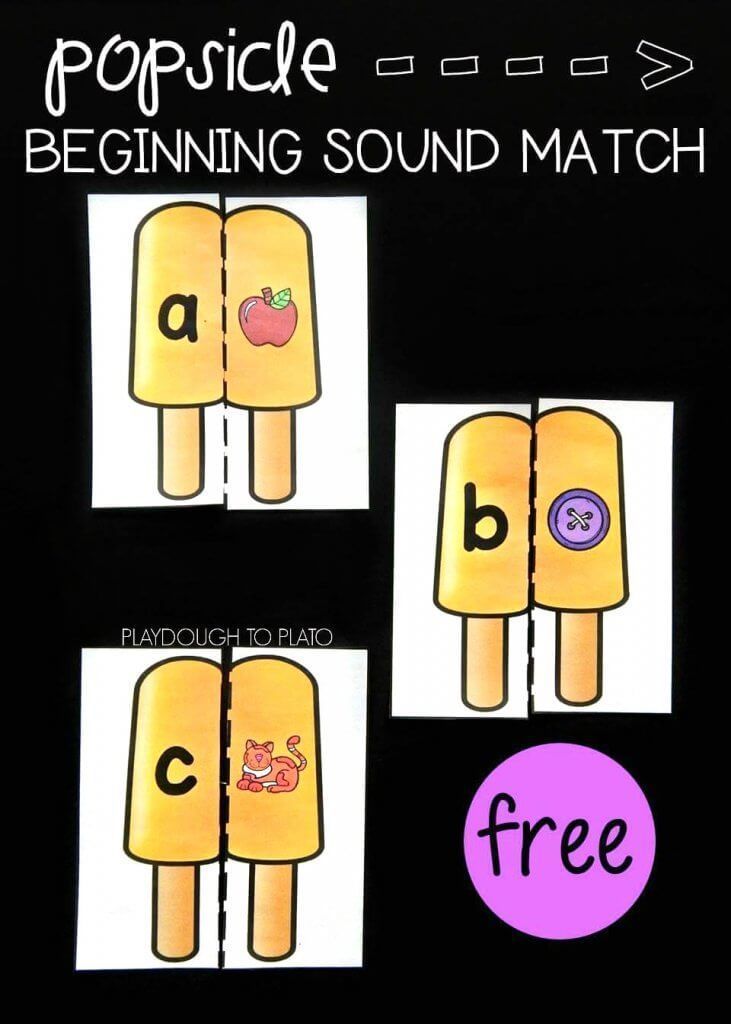 These ones are free. And so are these kids alphabet cards you can download & print instantly.
These ones are free. And so are these kids alphabet cards you can download & print instantly.
Related: Here are a bunch of ideas for flash card games for kids
Let’s play some more abc games!How to Help a Child Learn Letters and Sounds Through Play
37. Make a Sun-Powered Letter Puzzle
Make a DIY shape puzzle using the sun with alphabet letters for a really fun matching game you can play inside or out. Or use this method without the sun to make this fun abc matching game for kids.
38. Collect Alphabet Treasures
Use these free alphabet labels to create small containers for each letter of the alphabet for a special letter collection activity!
39. Make Easy Alphabet Crackers
Making alphabet crackers has never been easier or more fun!
–>Need an Alphabet Snack? I like these Happy Tot Organics ABC Multi-Grain Cookies…yum!
40. Play Alphabet Zipline!
Use these alphabet printable letters to create your own alphabet zipline in your living room.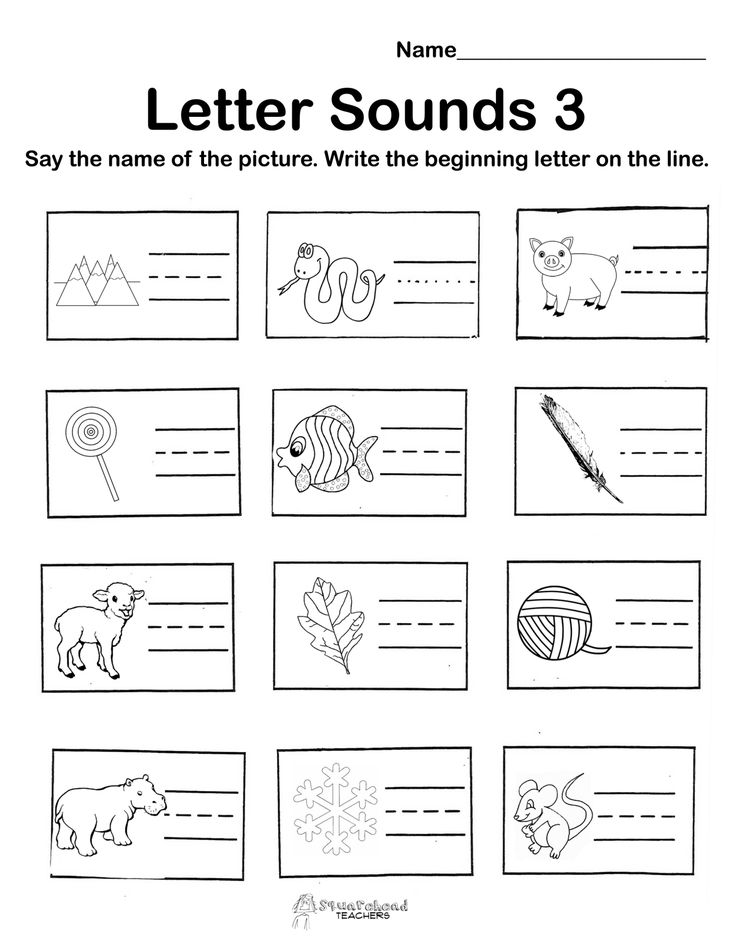 It is really fun.
It is really fun.
41. Play a Silly Letters Game
Try these alphabet games for preschool that are full of fun and a little silly…
42. Make Pipecleaner Letters!
Try to do some fun abc formation with pasta and pipe cleaners which is a fun way to explore letter shapes.
43. Make Bathtub Alphabet Soup
Use bath letters for a big big big batch of bubblebath alphabet soup {giggle}.
44. Color a Letter Coloring Page
- Letter A Coloring Page
- Letter B Coloring Page
- Letter C Coloring Page
- Letter D Coloring Page
- Letter E Coloring Page
- Letter F Coloring Page
- Letter G Coloring Page
- Letter H Coloring Page
- Letter I Coloring Page
- Letter J Coloring Page
- Letter K Coloring Page
- Letter L Coloring Page
- Letter M Coloring Page
- Letter N Coloring Page
- Letter O Coloring Page
- Letter P Coloring Page
- Letter Q Coloring Page
- Letter R Coloring Page
- Letter S Coloring Page
- Letter T Coloring Page
- Letter U Coloring Page
- Letter V Coloring Page
- Letter W Coloring Page
- Letter X Coloring Page
- Letter Y Coloring Page
- Letter Z Coloring Page
45.
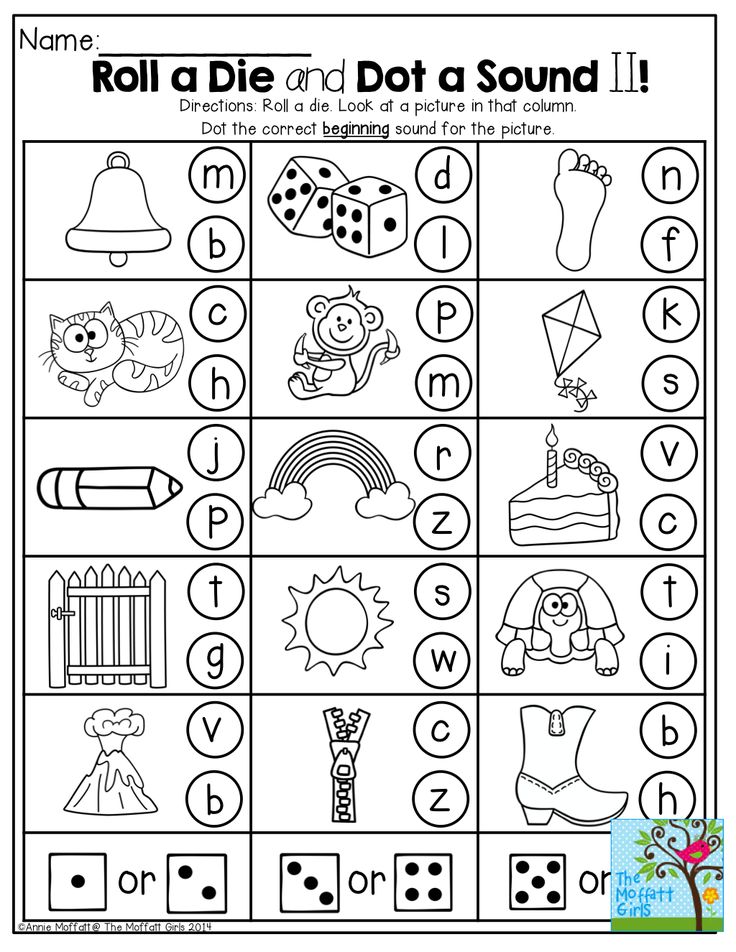 Let’s Play with Playdough!
Let’s Play with Playdough!These playdough pre writing activities are both fun and super hands-on learning.
Let’s make a yummy…I mean gummy…alphabet!46. Make Gummy Letters
This sour gummy recipe makes the cutest alphabet letters to learn and eat!
47. Try a Fun Alphabet Activity Book
There are so many quality workbooks for kids on the market right now so we narrowed it down to some of our favorites that just might fit your kid.
Let’s find the letters and make pictures with crayons!48. Color by Letter Activities for Letter Recognition Fun
We have a whole bunch of color by letter printable pages for kids that help them recognize letters while playing a game:
- Color by letter – A-E
- Color by letter worksheets – F-J
- Coloring by letters – K-O
- Color with letters – P-T
- Preschool color by letter – U-Z
49. Play the Missing Letter Game
Use one of our favorite preschool games, What is Missing? and use either letter flashcards or abc fridge magnet sets to create sequencing of the alphabet and then remove a letter or two.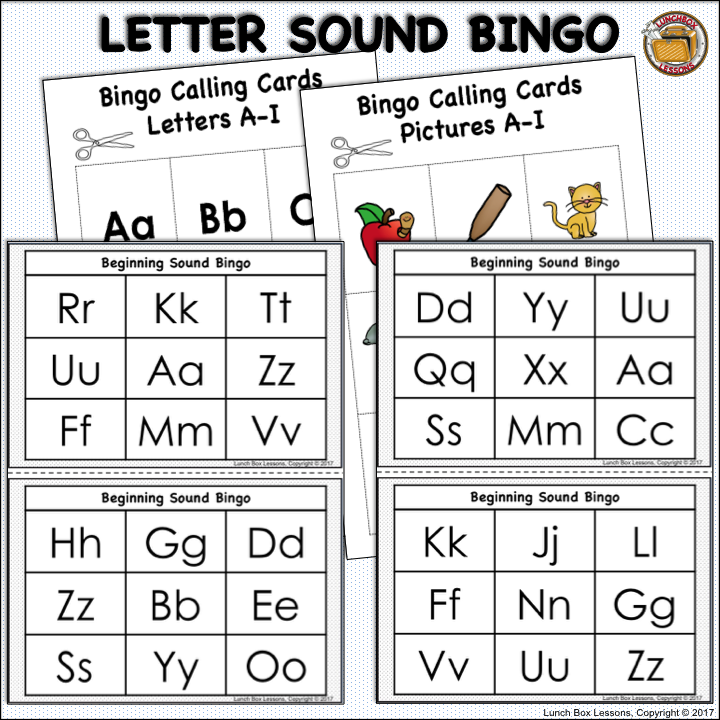
50. Play Alphabet Beach Ball Toss
Modify our fun sight word game with letters instead of sight words. Your beach ball can be covered with the letters of the alphabet for throwing and catching learning fun.
Games for ABC Sounds
51. Learn and sing the ABC sounds song
I love this fun song from Rock ‘N Learn that goes through the entire alphabet with sounds for each of the letters.
52. Play an online ABC sounds game
Monster Mansion is a free online alphabet match game that kids can learn the abc sounds and match them with the proper letter on the proper monster!
53. Print & Play a letter sounds game
Preschool Play and Learn has a really colorful and fun letter sounds board game you can print and play at home or in the preschool classroom.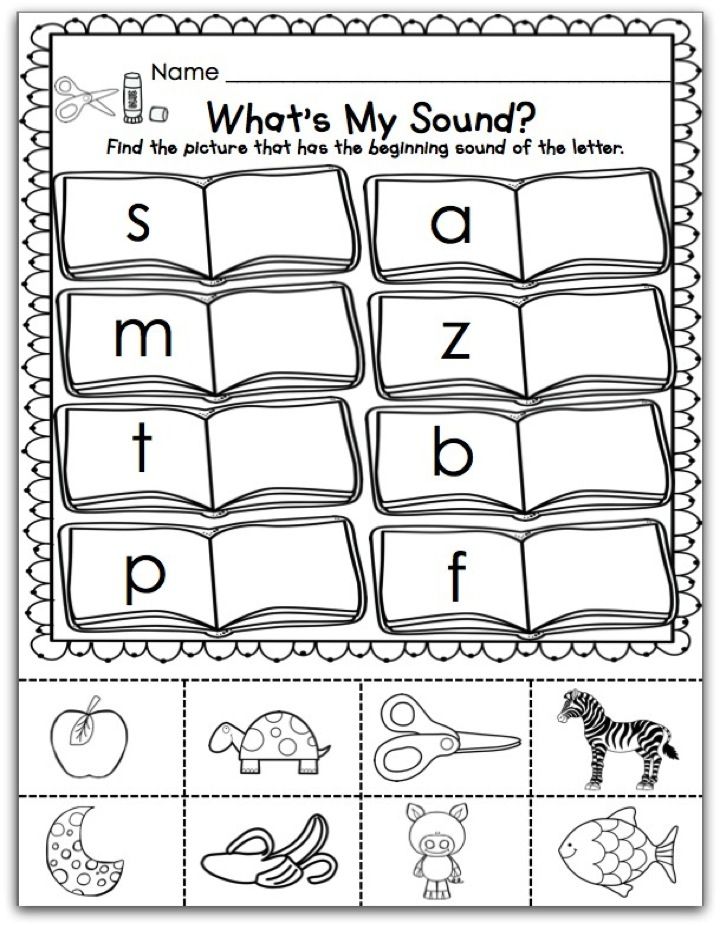 Each player will pick up a card and identify the letter and /or say the sound that the letter makes.
Each player will pick up a card and identify the letter and /or say the sound that the letter makes.
More Learning Games from Kids Activities Blog
- Now that we learned out letters, don’t miss out on our number activities for preschoolers!
- When your child is ready, we have a big giant list of sight word activities that are fun too!
- We have some really fun games teaching kids how to read a clock.
- My favorite massive resource of fun is our kids science games here at Kids Activities Blog.
- It doesn’t have to be October to play some frightful Halloween games.
- Let’s play math games for kids!
- If you need to work out the wiggles, we have the best indoor games for kids.
What was your favorite abc game? Did we miss some alphabet activities that you do with your kids?
Sound and letter games | Consultation (senior, preparatory group):
"Games with sounds and letters".
Parents first need to be taught to distinguish sounds in a word, and then to replace the sound with a letter.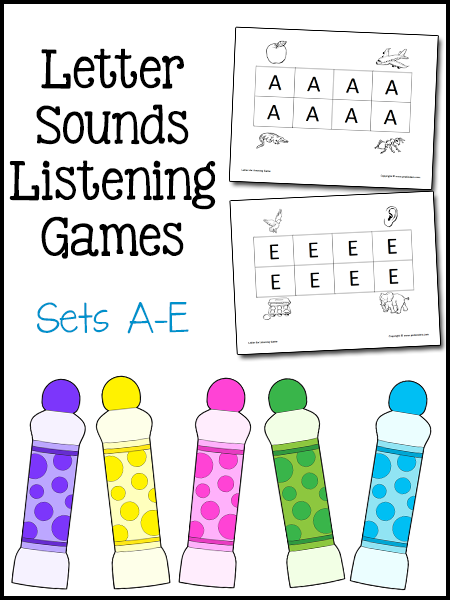 The main thing is to do it while playing.
The main thing is to do it while playing.
You can play with your child everywhere: in transport, at a bus stop, in a supermarket, while waiting for a doctor. Even when preparing dinner in the kitchen, you can play with the sounds.
It is better to start with those that stretch easily: a, y, o, i, l, m, n, s, h, sh. Naturally, sounds that the child does not pronounce should be avoided. The more family members take part in the game, the more interesting it will be.
Here are the simplest games with sounds.
- Ask the child: “What sound does the word a-a-ist begin with?” Lightly pull the first sound. After waiting for an answer, ask: “Is there a sound a in the words: “watermelon”, “beetle”, “onion”? What words contain the "a" sound? Choose words with your child. To make the game more interesting, set the order: for a correct answer, the child receives a forfeit, for a mistake - he gives a forfeit.
- Here is a more difficult game: you name a word, the child answers with a word beginning with the same sound.
 Then he calls the word, and you, answering, are mistaken. Let him find a mistake, give him a phantom for it.
Then he calls the word, and you, answering, are mistaken. Let him find a mistake, give him a phantom for it. - Even harder: with your child, make up a chain of words, starting with the next sound of the previous word. For example, "ball" - "suitcase" - "nose" - "sled" - "needle", etc.
- Children love to play lotto. It is desirable that several people take part in the game. The host has chips, and the rest have cards with pictures. The host asks: “Who has a word that begins with the sound p?” The hand is raised by those who have on the cards images of objects whose names begin with this sound. They receive chips and cover the image with them. The winner is the one who first closes all the pictures on the card.
- And how children love to play with the Sound Eater!
Introduce your baby to him. Say: “Sounds have a terrible enemy - the Sound Eater. It feeds on sounds. Here, in our kitchen, the Zvukoedik ate the first sounds in some words. Guess which ones: (k) ran, (sh) kaf, (s) tul, etc.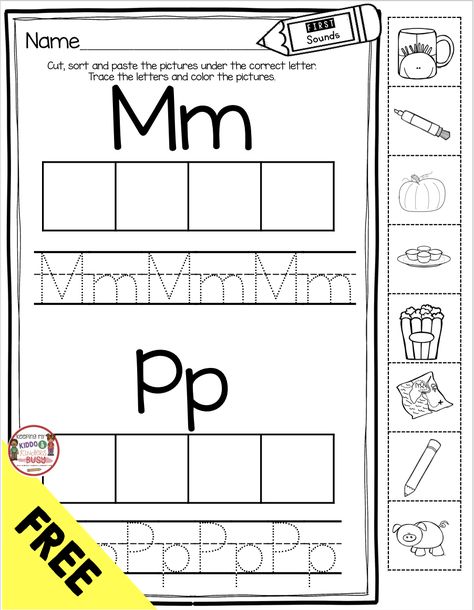
The next time the Sound Eater can eat the last sound in the words: “hundred (l)”, “hundred (l)”, “cymbal (a)”, etc. Come up with a new story each time. The sound-eater can get into the garden, the store, the street, the circus, and go fishing.
Play with the Sound Geek until the child can easily identify the first and last sounds in words. And only after that teach him to hear and find sounds in the middle of a word, and also to determine their sequence in words, first from three, and then from four or five sounds.
- The game "House of Sounds" will help you with this.
Draw a house with three windows. Say: “The word “cat” lives in this house. He has three rooms, each with a window. All sounds of the word "sleep" separately. Let's put the word "cat" to sleep. What sound will sleep in the first bedroom? Give the child a blue chip (consonant sound): “This is the first sound. Call him to sleep." The child calls: “K-k-k,” and puts the chip in the first window.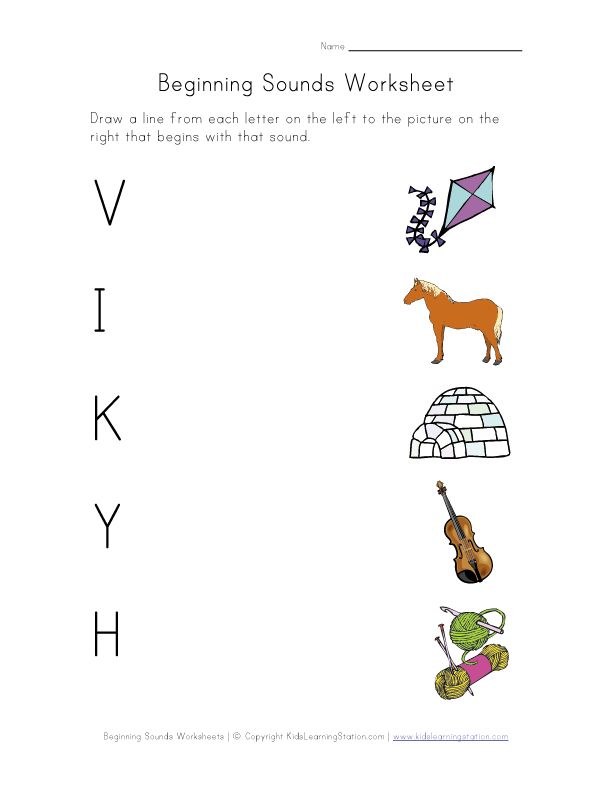 Give a red chip (vowel sound), let the baby call the sound “o” to sleep. If he loses it and the second sound “t”, be surprised: “Does “kt” live here? I thought a co-o-ot lives here.”
Give a red chip (vowel sound), let the baby call the sound “o” to sleep. If he loses it and the second sound “t”, be surprised: “Does “kt” live here? I thought a co-o-ot lives here.”
Make the game more difficult by suggesting words of four and five sounds. Let the child "settle" in the houses all his friends, animals, "put for storage" food, clothes, furniture.
All these games are board games. If your child prefers outdoor games, you can play Sound Relay with him.
- Place three toy cars (you can take potatoes, cups or other objects instead) a short distance from each other and say that each car contains a sound, and together they carry a word. Take the first car and, moving slowly towards the other car, say: "Ssss." Having reached the second car, drive it and pull the second sound "oh-oh-oh." The third machine rumbles in its own way: "mmm." Ask: “What word is driven by cars?”
Introduce the letters to the children along with the sounds. When showing the outline of a letter, say not its name, but the sound that this letter stands for.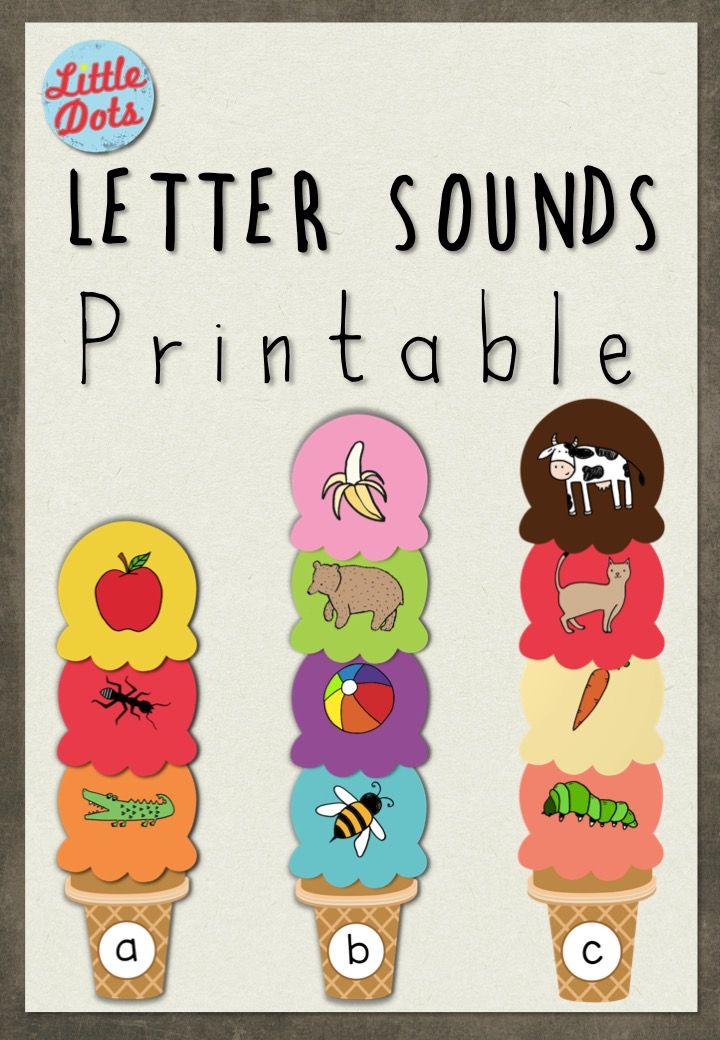 And introduce children only to block letters. To memorize the correct style of letters, it is good if you look for them in the text, sculpt from plasticine, draw on sand or snow with a stick.
And introduce children only to block letters. To memorize the correct style of letters, it is good if you look for them in the text, sculpt from plasticine, draw on sand or snow with a stick.
- In order for a child to easily recognize a sound substitute in a letter, include the learned letters in sound games. For example, when playing "House with Sounds", offer to enter the letters of the word CAT in the boxes. Carrying words in typewriters (the game "Relay of sounds"), he can load not invisible sounds, but letters of a split alphabet or cubes with the image of letters.
If a child knows letters and is able to distinguish sounds in words, this does not mean that he can read. He has to make one more discovery: to learn how to merge a consonant sound with a vowel.
- This is where the Letter House game can help. The house itself can be cut out of cardboard and cardboard strips with letters can be inserted into its windows so that they can be moved freely.
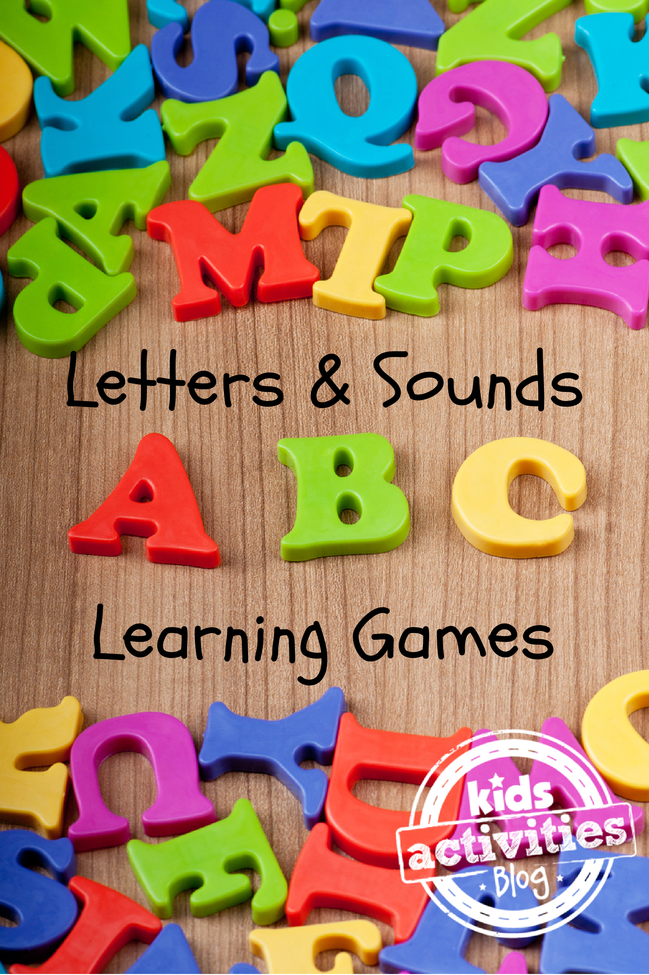 In the first window, fix any consonant, and in the second window, stretch a strip with vowels. Help read the syllables: la, lu, lo, ly.
In the first window, fix any consonant, and in the second window, stretch a strip with vowels. Help read the syllables: la, lu, lo, ly. - So, you have taught your child to read syllables – you can start reading monosyllabic words: “poppy”, “varnish”, “son”. After each read word, be sure to find out if the child understands its meaning. Offer to find a picture with the image of this subject, make a sentence with this word.
In conclusion, let's say: teaching children by playing should be simple, without fanfare, but fun, sensible and interesting. Fairy-tale characters can come to visit them, bringing entertaining material in their portfolio, a cheerful Pencil, who can draw magical pictures and diagrams that will come to life with the help of children. They always have a lot of stories, fairy tales about sounds. Together with the Zvukoznaiki, let the Zvukoviki fly in, who will turn every lesson for children into a fairy tale, open up a diverse world of words for them, develop their powers of observation and help in understanding the world around them.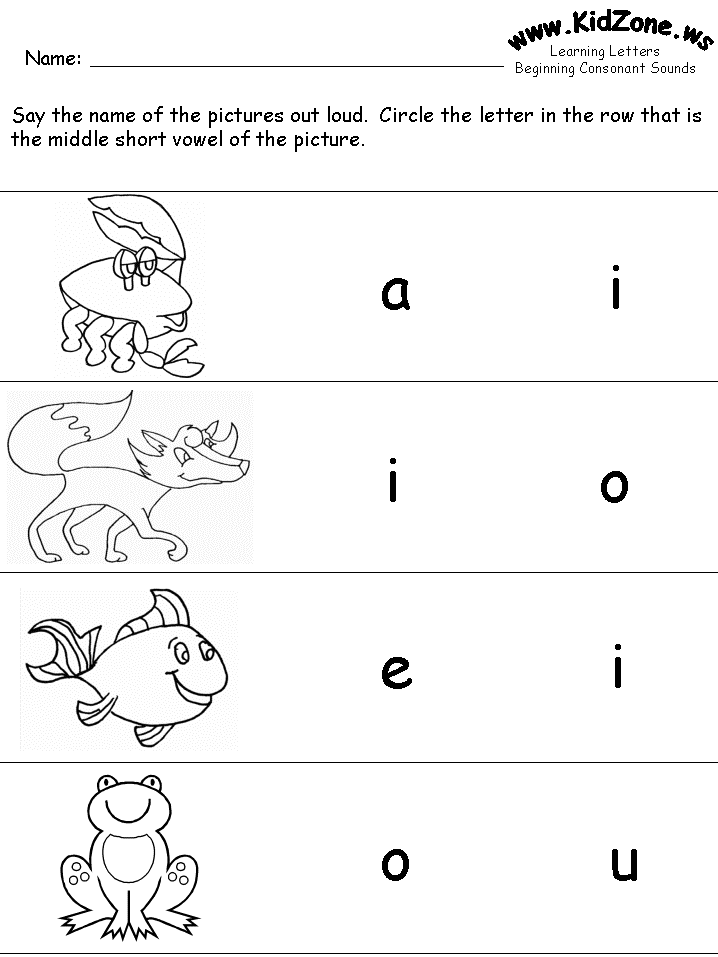
Advice for parents: "Funny games with sounds"
Dear parents!
Children of older preschool age often have difficulties in mastering the skill of phonemic (sound) analysis and synthesis of words.
First, let's define what the mental operations of analysis and synthesis are.
Analysis is the process of mentally dividing a whole object into parts, as well as establishing connections and relationships between them. Synthesis is a process of mental connection into a single whole of the parts of an object and its features, identified in the process of analysis.
The main difficulty that children experience when dividing a word into its constituent elements - phonemes (sounds) is the inability to hear vowel sounds and separate vowel sounds from consonants.
We bring to your attention games and recommendations that will help develop phonemic perception in children (the ability to hear and distinguish speech sounds) and the ability to analyze and synthesize words.
"Say how I am." An adult pronounces a word, highlighting one sound, and the child repeats (mmmylo, car, dommm). It is necessary that the child learns to isolate a specific sound when pronouncing a word.
"Find the place of the sound in the word." To make it interesting for the child, make a road out of colored paper, divide it into three parts, choose a small toy or chip that you will move along the road together. Decide which sound place and in which word you will search. Slowly pronounce the word and focus on the sound (sssok, nosss, missska). If the sound is heard at the beginning of the word, then the toy is at the beginning of the road. If the sound is heard in the middle (end) - the toy moves to the middle (end) of the road and stops there.
"Name the first (last) sound in the word." The game is played with a ball. The adult calls the word and throws the ball to the child. The child, having caught the ball, calls the first (last) sound in the word.
"Say the word for the given sound.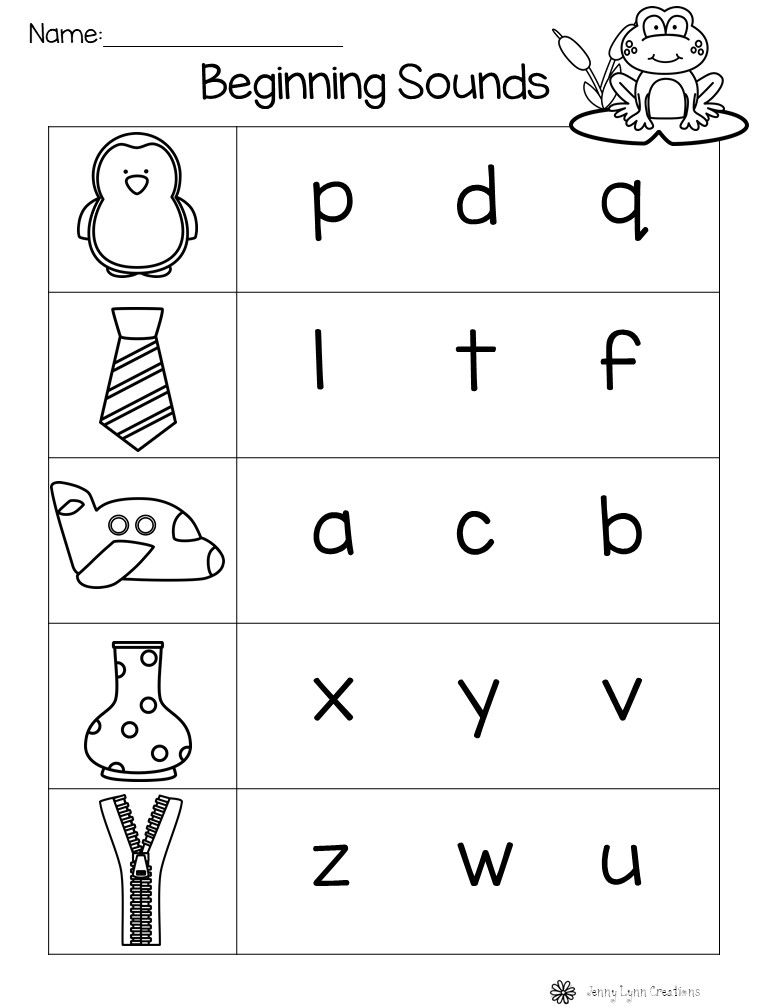 " The game is also played with a ball. The adult calls the sound and throws the ball to the child. The child, having caught the ball, calls the word for a given sound.
" The game is also played with a ball. The adult calls the sound and throws the ball to the child. The child, having caught the ball, calls the word for a given sound.
Suppose that the child has learned to determine which sound you emphasized when pronouncing a word; he himself can say a word, highlighting any sound in it, name words for a given sound, determine the place of a sound in a word. But this does not mean that he has learned sound analysis. When conducting such an analysis, it is necessary to name the sounds of a word in the same sequence in which they are in this word. That is, if you ask a child what sounds the word “cat” consists of, and he answers you: “The word “cat” has the sound “o”, the sound “k” and the sound “t”, - this means that he He hears individual sounds in a word well, but he still does not know how to conduct its sound analysis.But sound analysis is the basis of competent writing.Just imagine what happens if your child writes down the sounds in a word in an arbitrary sequence!
In order for a child to analyze any phenomenon, it must be understandable, materially represented.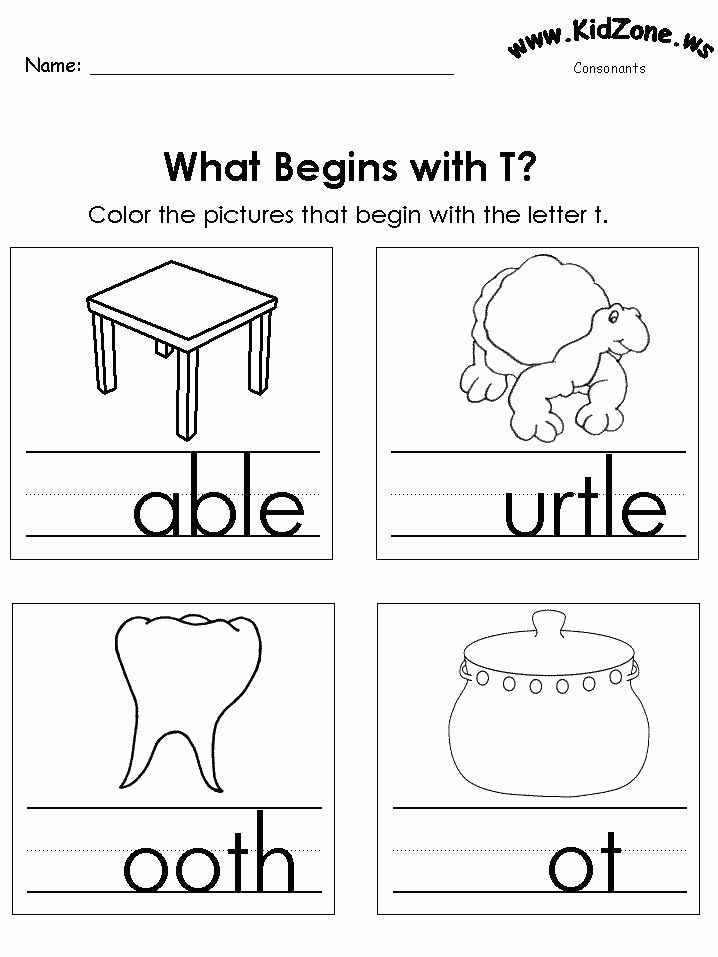 Let's draw a diagram of the sound composition of the word: in the word "house" there are three sounds - let's draw three cells. We will offer the child a picture on which a house is drawn, so that it is clear which word we will parse, and under the house is a diagram of this word: our baby already knows that words consist of sounds. We show him that the cells under the picture suggest how many sounds are in the word. "How many cells?" - "Three". - "How many sounds are there in a word?" - "Also three." - "Let's find these sounds and name them in order. Say the word "house" so that the first sound is heard in it." “D-d-home,” the child says diligently. "What is the first sound in this word?" - "D". - "Very good! Let's close the first cell with a chip, what sound will it be?" - "D". Any material can be used as chips: cut squares from white cardboard or take a mosaic and select white or yellow elements from it. Don't touch the red, blue and green ones - you'll need them later.
Let's draw a diagram of the sound composition of the word: in the word "house" there are three sounds - let's draw three cells. We will offer the child a picture on which a house is drawn, so that it is clear which word we will parse, and under the house is a diagram of this word: our baby already knows that words consist of sounds. We show him that the cells under the picture suggest how many sounds are in the word. "How many cells?" - "Three". - "How many sounds are there in a word?" - "Also three." - "Let's find these sounds and name them in order. Say the word "house" so that the first sound is heard in it." “D-d-home,” the child says diligently. "What is the first sound in this word?" - "D". - "Very good! Let's close the first cell with a chip, what sound will it be?" - "D". Any material can be used as chips: cut squares from white cardboard or take a mosaic and select white or yellow elements from it. Don't touch the red, blue and green ones - you'll need them later.
So, in front of the child is a diagram of the sound composition of the word "house".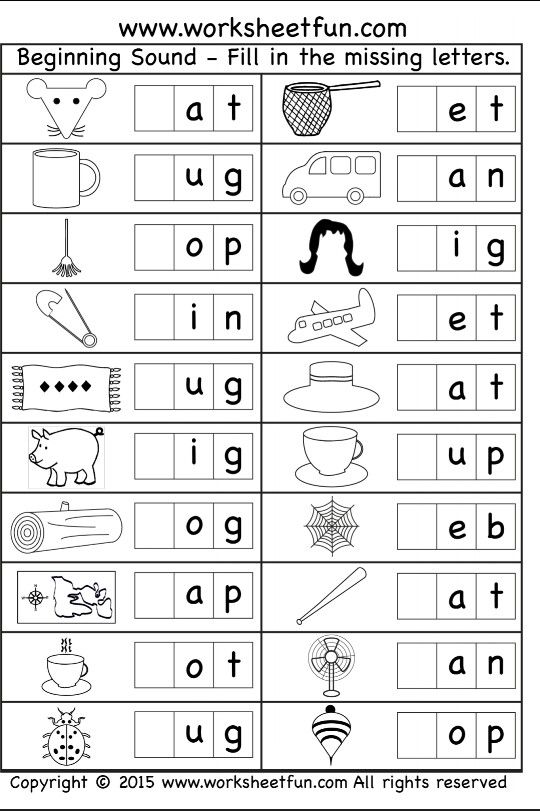 The first cell is already closed - the first sound in the word is found. You can move on. "Now let's pronounce the word "house" so that we hear the second sound in it; the first, "d", - we already know. Help the child for the first time, say with him: "to-o-oh."
The first cell is already closed - the first sound in the word is found. You can move on. "Now let's pronounce the word "house" so that we hear the second sound in it; the first, "d", - we already know. Help the child for the first time, say with him: "to-o-oh."
Here we are the scheme of the sound composition of the word will help: you need to pronounce the word and at the same time move your finger, or better with a special stick - a pointer according to the scheme and stop the pointer on the second cell for a long time. om". "What is the second sound in this word?" - "Oh". - "Excellent! Let's designate this sound with a chip. "The child takes exactly the same chip as the first one and puts it on the second cell. "You see, - you continue, - we already know two sounds in the word "house". Let's find the last sound in this word. Say the word "house" so that the last sound is heard."
And again, you move the pointer along the already almost completed word scheme and say: "do-m-m-m.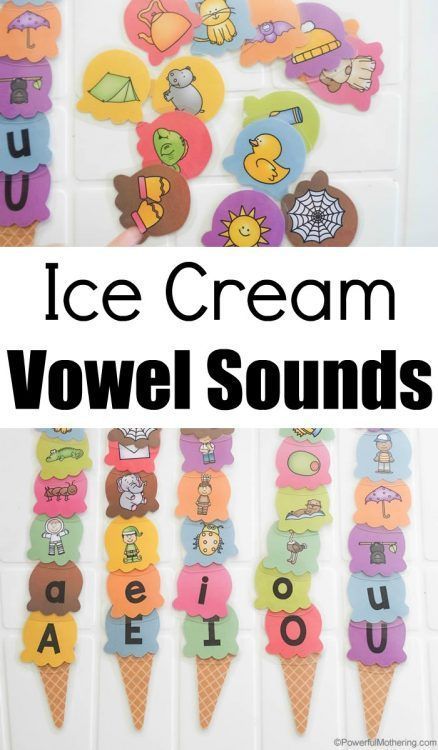 " "What is the last sound in the word 'house'?" - "M", - the child answers and puts the last, third chip on the diagram. It is very important to ensure that the child pronounces the word in strict accordance with the movement of the pointer, otherwise he will skip sounds.
" "What is the last sound in the word 'house'?" - "M", - the child answers and puts the last, third chip on the diagram. It is very important to ensure that the child pronounces the word in strict accordance with the movement of the pointer, otherwise he will skip sounds.
Here is the first sound analysis of the word. When studying with a child, you need to remember all the time: we teach him the sound analysis of the word, we teach him to listen to the word, to hear the sounds that make it up. Therefore, sounds should be called as they are heard in the word!
In the preparatory group of the kindergarten, the children get acquainted with the characteristics of sounds and learn to make a sound analysis of a word using special color designations. To help a child make a sound analysis of a word, an adult must himself be guided in which sounds are vowels and which are consonants. Let's remember that vowels are sounds, during the formation of which the air in the oral cavity does not encounter obstacles in its path.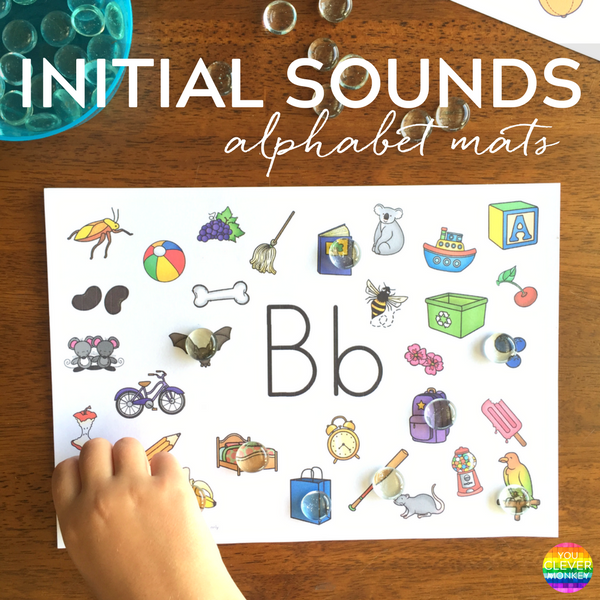 Only the voice is involved in the formation of vowel sounds. These sounds can be sung. Vowel sounds are marked in red.
Only the voice is involved in the formation of vowel sounds. These sounds can be sung. Vowel sounds are marked in red.
Consonant sounds - speech sounds consisting of voice and noise or only noise that is formed in the oral cavity, where the air stream meets various obstacles: lips, teeth, tongue and palate. Consonants are hard and soft. Hard consonants, for example, the sound "n", we designate in blue, and soft consonants, for example, the sound "n", - in green.
To make the child interested, include entertaining moments, try to maintain a strong interest in joint play activities, a desire to learn new things and acquire knowledge and skills. A child can make word schemes using not only cards and chips, but also with the help of buttons, toys of the appropriate colors. You can make a sound analysis box and fill it with tokens. Working with multi-colored mosaic elements, chips, tokens, buttons develops fine motor skills of fingers, visual perception and attention.
Choose the items you like and make a sound analysis of the word with your child.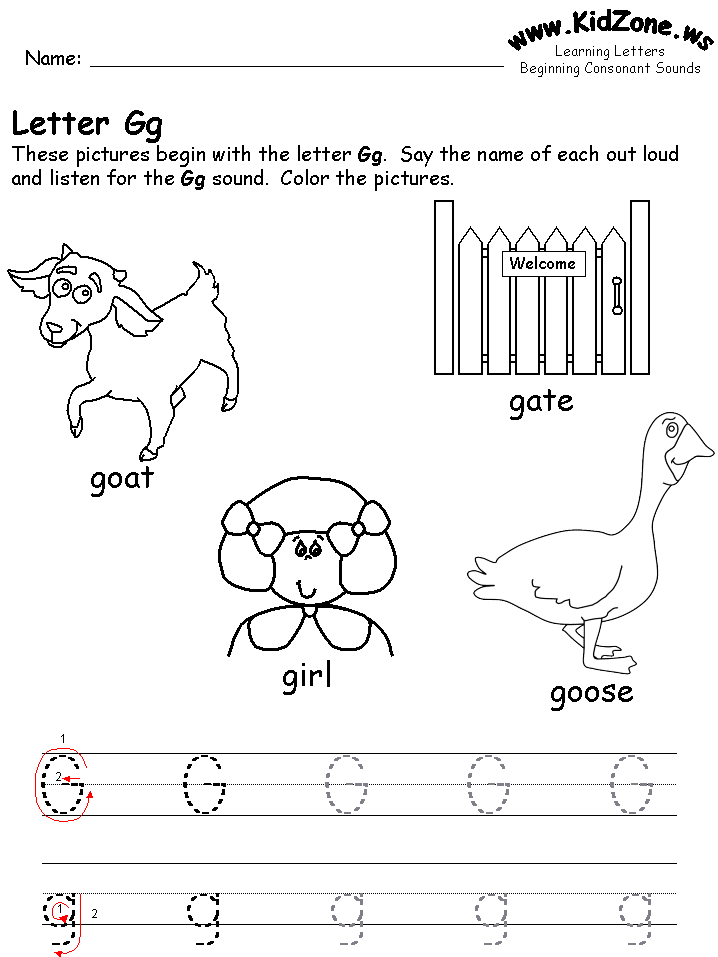 For example, the words "poppy".
For example, the words "poppy".
"M-m-mack" (the sound "m" is emphasized) - tell me how I am. What is the first sound in this word? Is it a vowel or a consonant? Why? Is this consonant hard or soft? Take the token that stands for the consonant solid sound "m" and put it under the picture.
"Ma-a-ak" - tell me how I am. What sound do you hear after the "m" sound? What is this sound? Why? Take the token that represents the vowel sound "a" and place it also under the picture to the right of the first token.
"Mak-k-k" - tell me how I am. What is the last sound in this word? Is it a vowel or a consonant? Why? Take the token that represents the consonant sound "k" and put it again under the picture after the token that represents the sound "a".
Name all the sounds in the word "poppy" in order. What is the first sound in the word poppy? What is the final sound in this word? Where is the sound "a": at the beginning, at the end or in the middle of a word? Name the vowel sound in the word.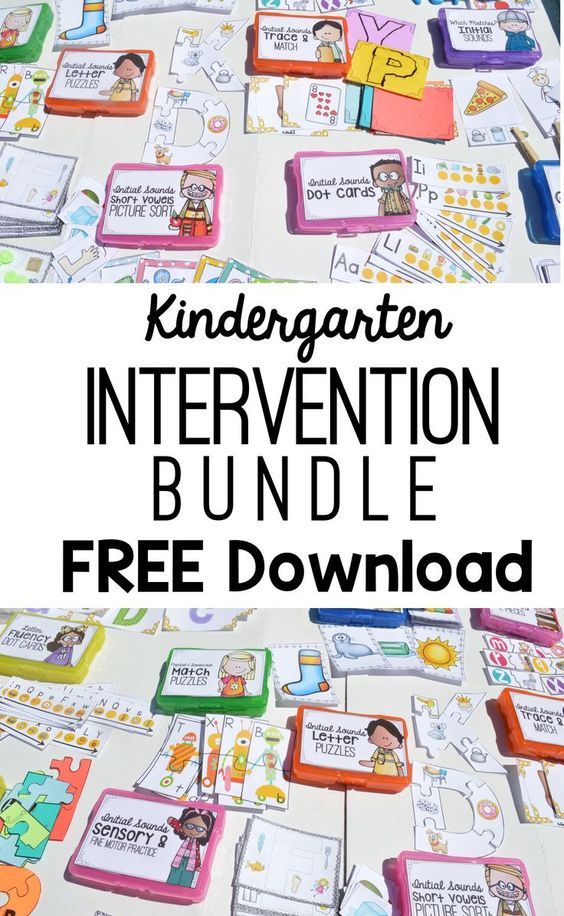 Name the consonant sounds in the word. What are they: hard or soft? How many sounds are in the word poppy?
Name the consonant sounds in the word. What are they: hard or soft? How many sounds are in the word poppy?
Sound analysis results in a colorful scheme.
Now you can invite your child to draw it in a notebook in a cage or on a piece of paper and pronounce the word again by sounds. It is not recommended to move on to the sound analysis of complex words without mastering simple ones.
To develop sound synthesis, play the game "Guess the word" with your child. You name individual sounds, and the child guesses the word, for example, "k", "o", "t" - "cat".
Good luck to you and your children!
Speech therapist / Publications on speech therapy / Didactic game "Houses with letters" (for children 5-7 years old)
Introduction.
An important component in successful speech therapy work with preschoolers in acquiring literacy is the formation of phonemic perception. Literacy is based on reliance on speech hearing, on phonemic perception and the skills of sound, and then sound-letter analysis, which means that it is necessary to identify shortcomings in phonemic hearing in children and organize systematic work on its development.
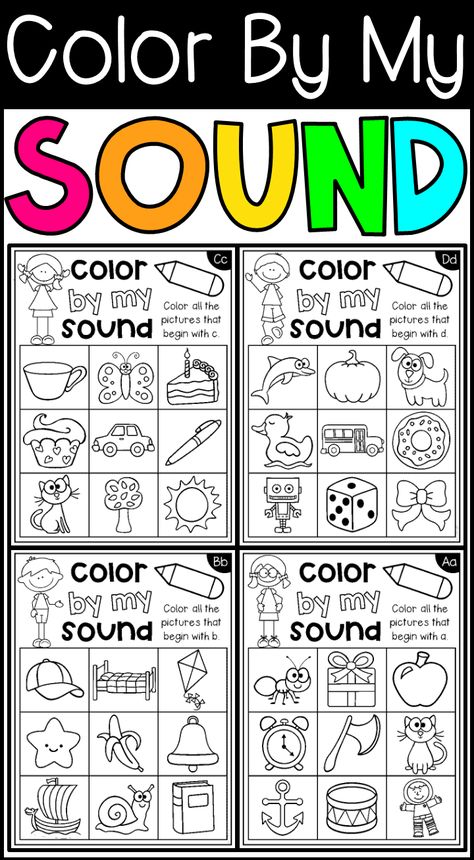 In children aged 3 to 5 years, there is an increased sensitivity to the sound side of speech. It is at this age that it is important to develop phonemic hearing and speech perception, and not immediately offer letters that refer to another linguistic reality - a sign system. When teaching literacy, it is necessary to have a pre-letter, purely sound learning period, which will go through a number of stages: from the ability to distinguish sounds (both speech and non-speech) to sound analysis and synthesis. It is very important, before starting to read, the child must learn to hear what sounds words consist of, conduct a sound analysis of words (name in order the sounds that make up words). Children should learn to hear sounds, distinguish between vowels (stressed and unstressed), consonants (hard and soft), compare words by sound, find similarities and differences, divide words into syllables, make words from syllables, from sounds. Later, learn to divide the speech stream into sentences, sentences into words, and only after that get acquainted with the letters of the Russian alphabet, mastering the syllable-by-syllable, and then the continuous way of reading.
In children aged 3 to 5 years, there is an increased sensitivity to the sound side of speech. It is at this age that it is important to develop phonemic hearing and speech perception, and not immediately offer letters that refer to another linguistic reality - a sign system. When teaching literacy, it is necessary to have a pre-letter, purely sound learning period, which will go through a number of stages: from the ability to distinguish sounds (both speech and non-speech) to sound analysis and synthesis. It is very important, before starting to read, the child must learn to hear what sounds words consist of, conduct a sound analysis of words (name in order the sounds that make up words). Children should learn to hear sounds, distinguish between vowels (stressed and unstressed), consonants (hard and soft), compare words by sound, find similarities and differences, divide words into syllables, make words from syllables, from sounds. Later, learn to divide the speech stream into sentences, sentences into words, and only after that get acquainted with the letters of the Russian alphabet, mastering the syllable-by-syllable, and then the continuous way of reading.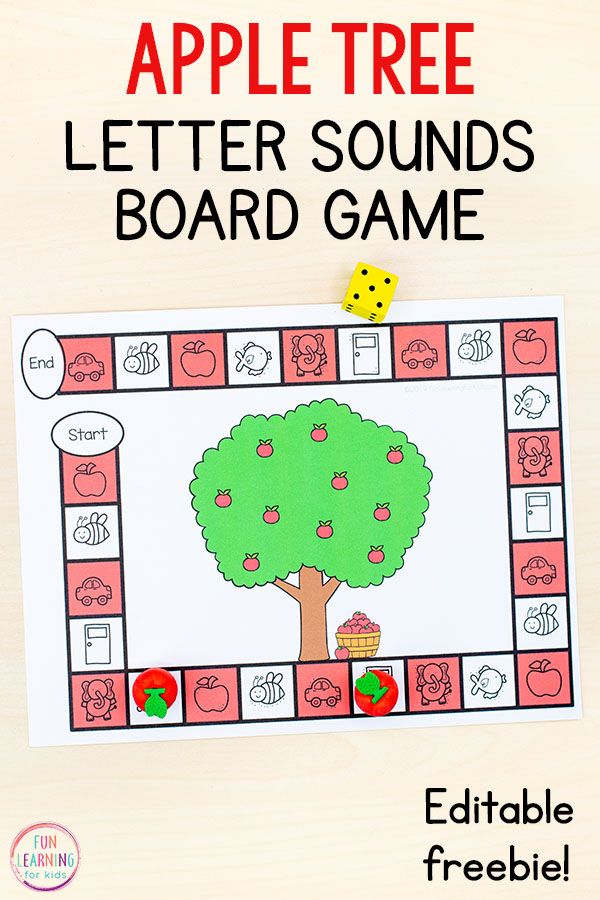
Purpose of the game: Development of sound-letter analysis in preschool children. (5 – 7 years old)
Description of the manual.
A convenient tool for sound-letter analysis throughout the entire period of literacy, in my work, is the image of houses. But these houses are fabulous, they live in it
not people, but sounds and letters.
"Houses for sounds and letters"
"Mistresses of the houses" are tumblers (tumblers are multi-colored, each tumbler is responsible for its own sounds). They help the child remember that consonants are hard and soft, that iotized vowels soften consonants. They also help to learn sound schemes, perform phonemic analysis and word synthesis.
Each tumbler has a certain color corresponding to the nature of the sounds and each has a pocket (for additional designation: voiced, deaf, ioted sounds):
Tumblers
Red tumbler: one, with a pocket without a designation, is responsible for the vowels of the first row (A, U, O, E, Y),
another, with an asterisk on the pocket, is responsible for the vowels of the second row (I, Yu, Yo, E, I).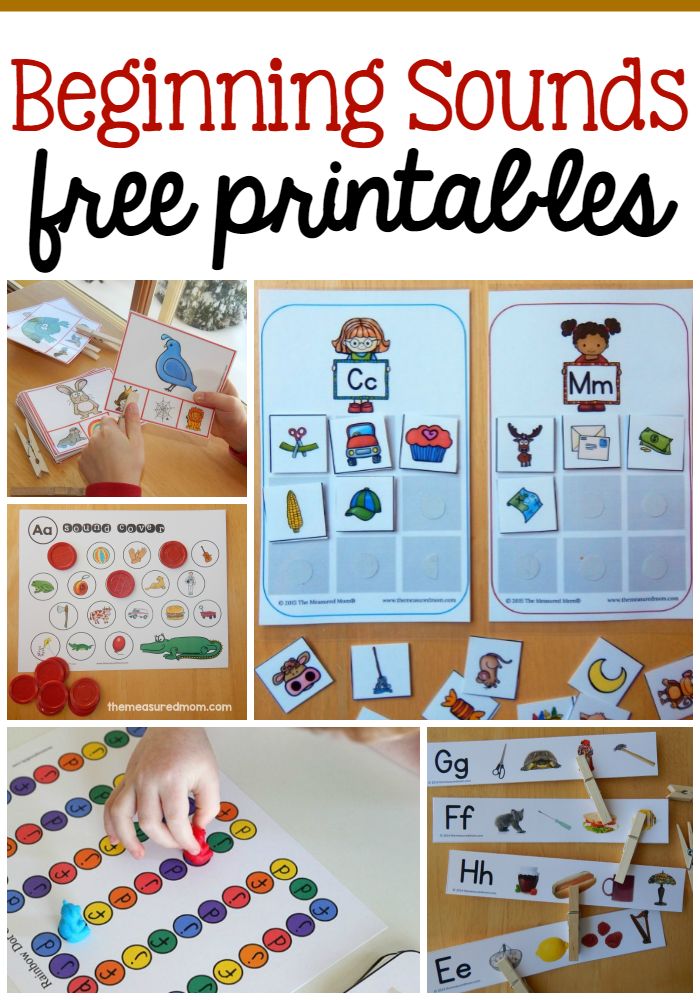
We present the vowels of the second row to the child as magical letters. Since they soften the preceding consonants (ME, .... etc.)
Blue roly-poly: one, with a pocket without a designation, is responsible for hard voiceless consonants, the other - on a pocket with a bell - for hard voiced consonants.
Green roly-poly: one, with a pocket without a designation, is responsible for soft voiceless consonants, the other - on a pocket with a bell - for soft voiced consonants.
It is possible to acquaint children with a letter only after they get acquainted with the sounds:
- learn to distinguish the studied from a number of proposed sounds and syllables,
- to find this sound in a word,
- determine its place (beginning, middle, end of a word),
- using sound analysis to determine the characteristics of the sound (vowel or consonant; if consonant, then which one: hard or soft, voiced or deaf).
In her practice, as a speech therapist, she noticed that such a deep analysis of the characteristics of a sound will later help the child to correctly read and write the letter denoting this sound, and the word as a whole.
Game: "Find an apartment for the letter in the house"
Targets:
To consolidate knowledge about the studied sounds and letters.
Learn to determine the left and right sides of an object (choosing the left and right “front” houses), counting the floors (counting in order, starting from the bottom), explaining the choice of your decision based on knowledge of sound.
Game progress:
The speech therapist shows the children a card with a black image of the letter being studied. The children are looking for her apartment in the house. But you can’t get into the apartment without the help of a roly-poly. Children pick up a tumbler, explaining all their actions. (Why was this entrance chosen? Why this tumbler? Why a front or back pocket?). After the explanation, the children open the chosen apartment and check their choice.
Game: "Name the neighbors of the letters in the house."
Targets:
Strengthen knowledge about sound and letters.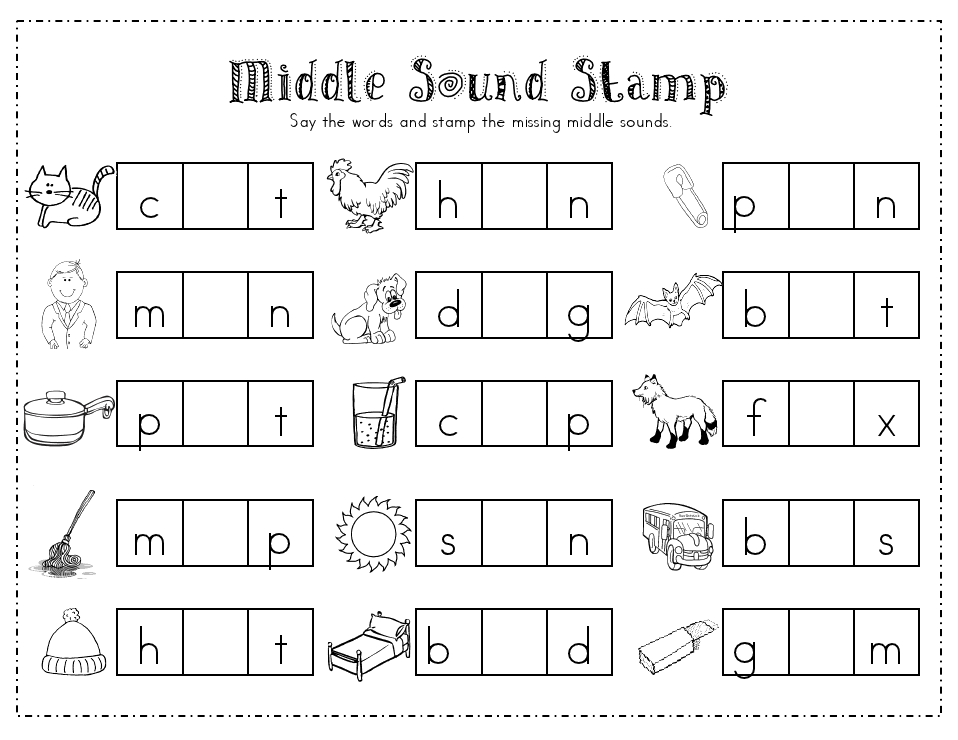
Teach children to understand and use location words and phrases correctly: above, below, to the left of, to the right of, between.
Learn to understand the similarities and differences of paired consonants (they are the same in articulation, but voiced ones are pronounced with the participation of the voice, and deaf ones without the voice).
Develop observation skills.
Game progress.
Speech therapist shows a black and white image of a letter. Children are looking for the right apartment for the letter, explaining their actions as they complete the task, then they must name the neighbors of the given letter and explain why they will be its neighbors.
Other game options available:
• Name the letter above which the letter - lives, and to the left of which there is the letter -. (Answer: letter: -).
• What letter lives between the letter - and the letter -? (Answer: letter -).
Game: “Make colorful words”.
Targets:
To consolidate children's knowledge of sound-letter analysis and synthesis of syllables and words.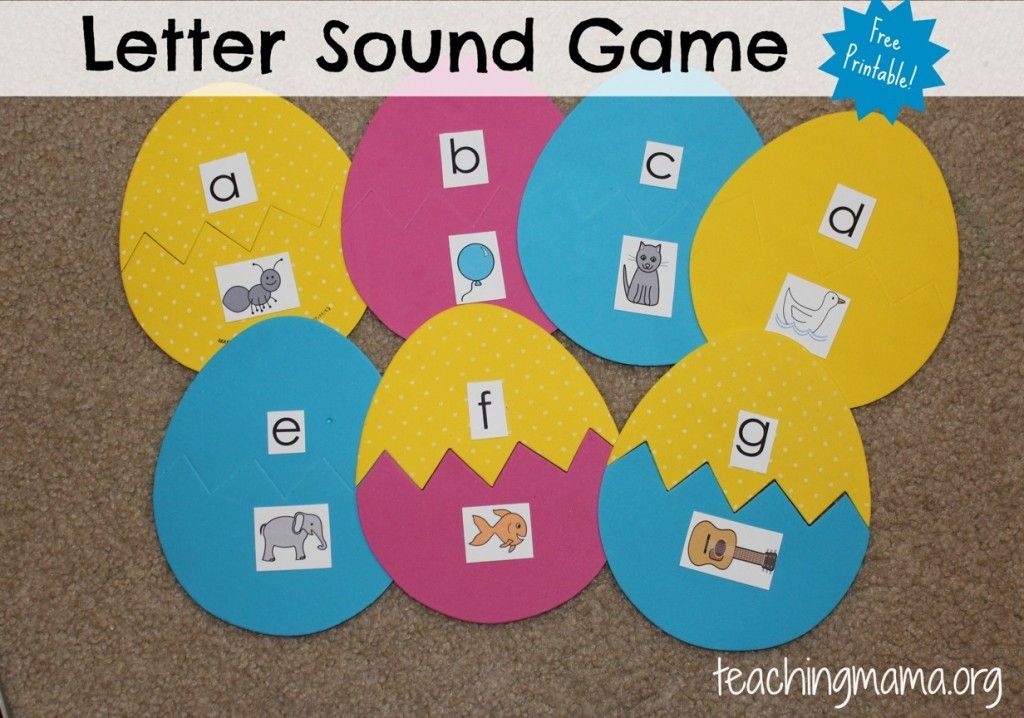
To consolidate children's knowledge about voiced and deaf sounds, hard and soft consonants, about softening consonant sounds with vowels - "sorceresses".
Preliminary work.
In order to write a word, the child must perform several operations: disassemble the word into sounds, establish their order, correlate each sound with a letter.
This game should start with a simpler option - sound-letter analysis and synthesis of syllables. And then to complicate - to introduce words into the game.
Game progress.
In front of the children, a speech therapist lays out multi-colored tumblers and colored letters.
Children are offered to lay out the proposed words from colored letters. At the same time, each child must explain why a letter of this color was taken, why he was looking for a letter from this tumbler.
A more complicated version of the game will be for children to write words with multi-colored pencils with an explanation of the choice of letter colors.